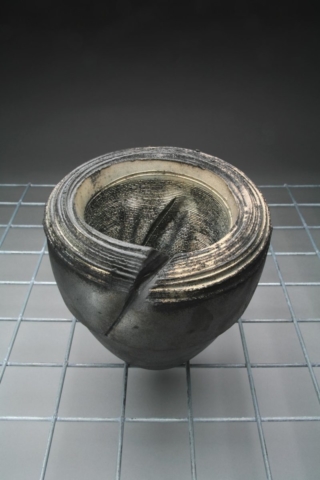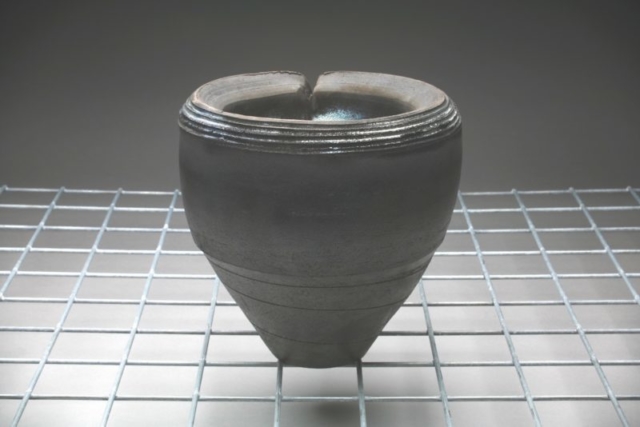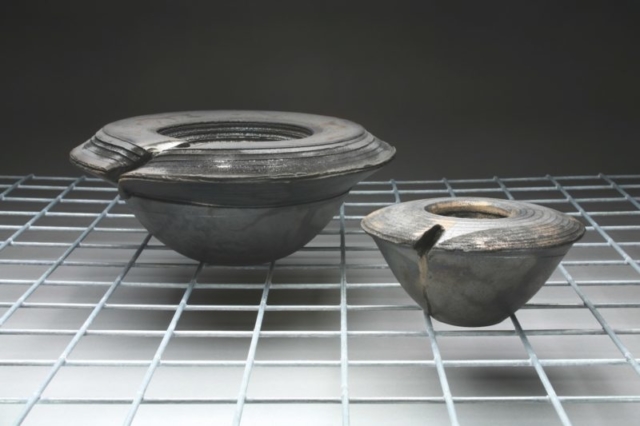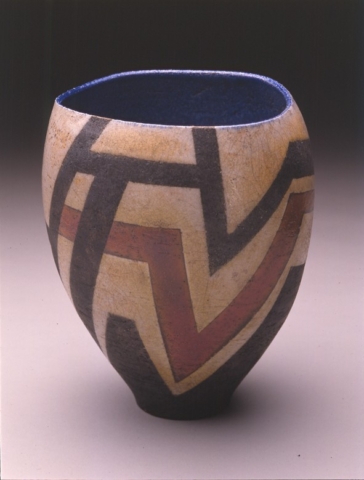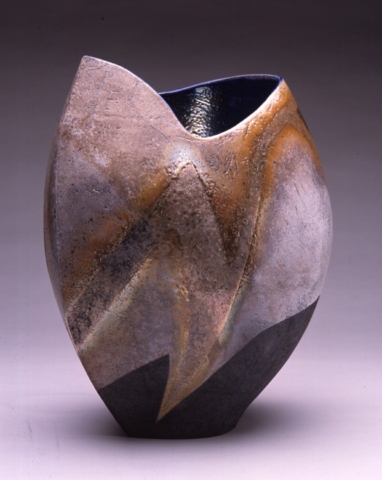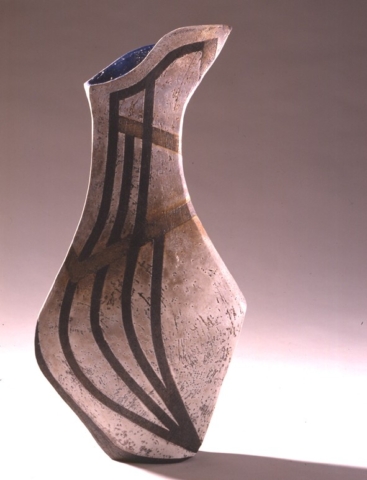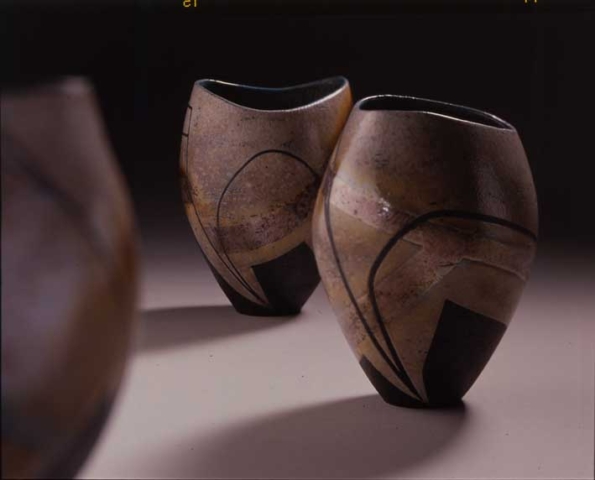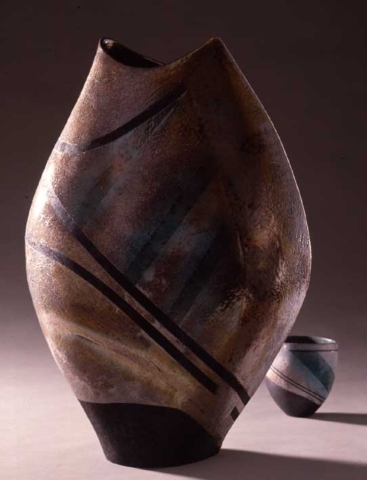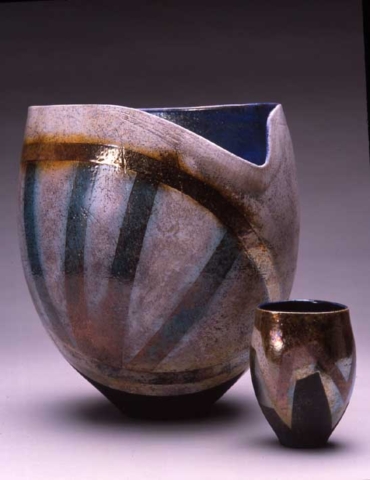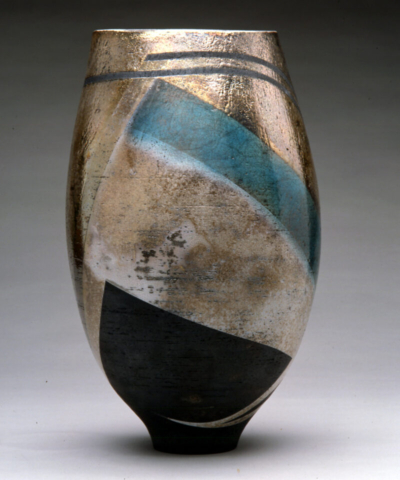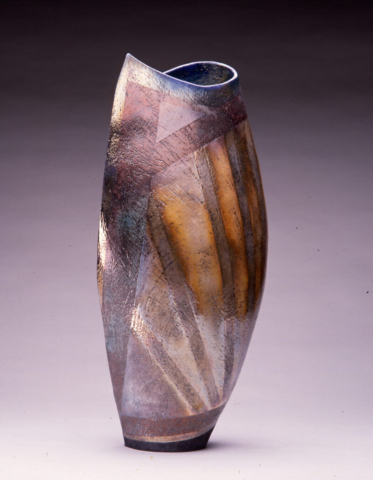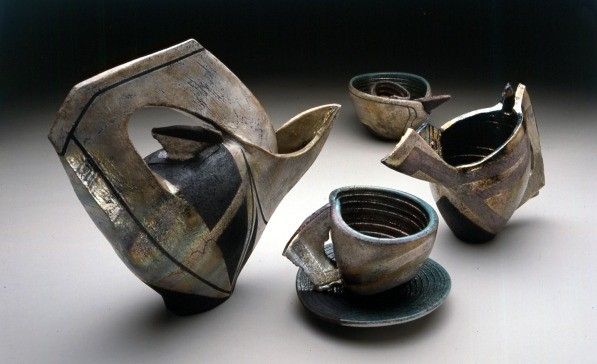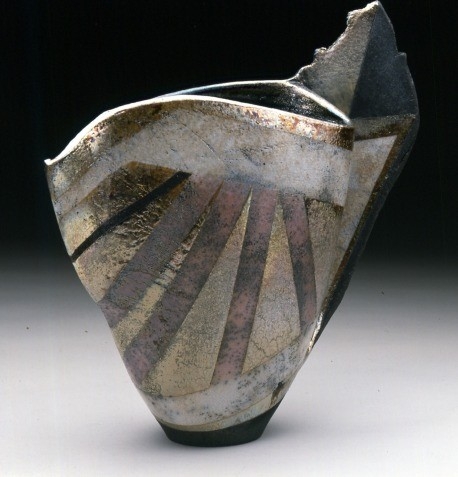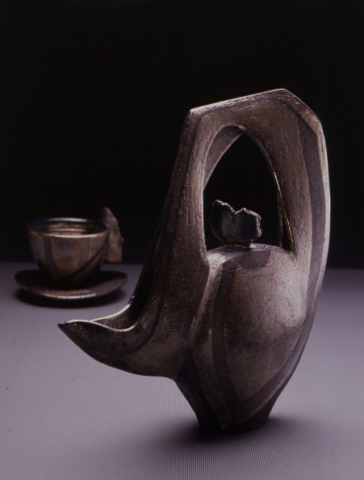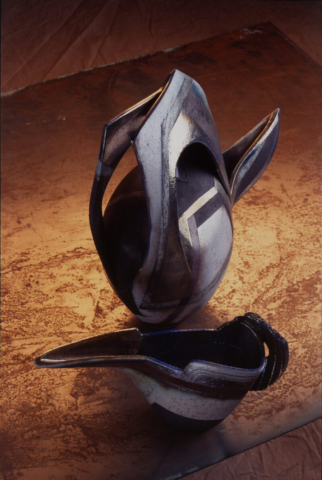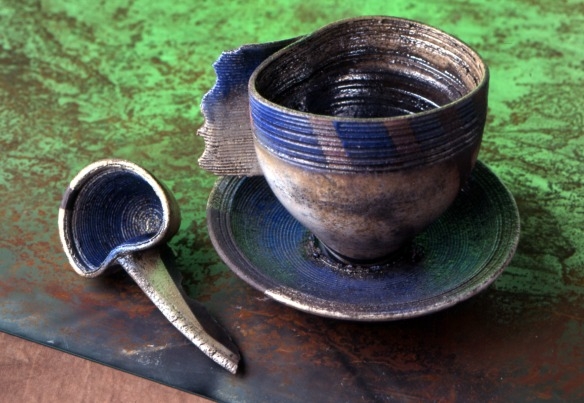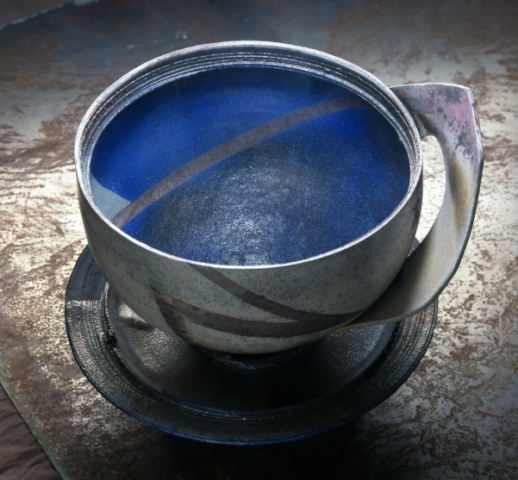Imprinting Presence / Touching Touch 2019
An installation that I created in my residency at Sunday Morning at EKWC (the European Ceramic Work Centre) in Oisterwijk, Holland.
I intended it not solely as an art-work that should elicit an aesthetic response, but additionally as a “tool for thinking”, it asks the fundamental question: What does it mean to be human? The work employs a new ceramic language of “the hand” and the pieces exist as signifiers/metaphors for the human.
The idea of the haptic is so central to our existence. We are animals that touch. Transforming touch into ceramics forces a realization of our embodied selves. A piece of clay formed in the squeeze between two hands stands for togetherness / encounter / meeting. I took this simple piece of clay that was moulded in an instant by two people – an object both unique (it is the document of a moment never to be repeated), and also banal (everyone can make it – for it requires no special skill in its manufacture), and used it as the basis for my exploratory work in a three month residency at the EKWC in the Netherlands. These incredibly simple analogue hand-pressings were scanned and transformed through digital manipulation to create molds that were the enlarged form of the piece, in which I could manufacture (what Freud would have termed) “uncanny”, large versions of the negative space of the hand – the point of contact between us.
One year later, in COVID time, I now reflect that this is work that is no longer possible with social distancing; it is simply too dangerous to have contact that close with many new acquaintances. Thus it is a work that speaks to a time when human contact was an essential part of getting to know someone.
Heritage And Diversity 2017
Heritage and Diversity was a co-curated exhibition conceived to reveal the state of contemporary Korean and UK ceramics. I worked with Professor Boo-Yun Lee of Hanyang University, Seoul, Korea to select artists who could most strongly articulate the communality of Heritage, as well as the Diversity of expression revealed through their work.
The exhibition was supported by the British Council in Korea and opened by the British Ambassador, Mr. Charles Hay.
We organised a symposium to consider the ways in which our two geographically distant cultures had interacted, particularly evidenced by the advocacy of Bernard Leach in his seminal text, A Potter’s Book, published just after the 2nd. WW, that helped to open the eyes of Europeans and Americans to the richness of Korean culture. For me it was additionally an opportunity to address the heritage of raku; the narrative strand that runs through its origination in Korea and expropriation in medieval Japan. We also worked to redress the British Empire attitude of (unstated) superiority (which is also evident in Leach’s book, in the consideration of the beautiful, unconsciously created ceramic rice bowl and the privileged awareness of the English and Japanese aesthetes to their actual real value); this was a disposition that we were keen to overcome through a respectful dialogue and exchange.
My name is Nobody 2017
Art-intervention for Jewish Week, Leipzig June 2017. Sited at the Grassi Museum, Leipzig, my work was to explore with local audiences, comprised of residents and newly arrived asylum-seekers, and to examine the design of a new, multi-faceted and transcultural society.
The piece has a working title: My name is Nobody – Clay Odyssey. This reflected the theme of Hospitality embodied in the invitation to me from the city of Leipzig to return to the place of my mother’s birth, which was also the site of the removal of my grandparents by the Nazis to be murdered. Like the travails of the Homeric Greek Odysseus, it addressed ideas of journey and hospitality. These are reflected in the narrative of Odysseus/Ulysses as he voyages around the Aegean, planning his return to Ithaca. Odysseus, (like me as an artist), is a man, looking to return home, while his home has been appropriated by ‘guests’, who did not follow the basic rules of hospitality.
The collaborative work was a meditation on the present situation in Europe, where there are again many displaced persons: some are seeking sanctuary, (like my mother found in the UK through the Kindertransport). Others are economic migrants seeking a better life than the ones they left behind
Porcelain Reflections 2016-18
This was an international touring exhibition curated by Patty Wouters and a team of Belgian and Dutch colleagues. I assisted with some of the selection of the British artists, with the writing of a catalogue essay and lectures at some of the international touring venues. The exhibition represented a critical consideration of the myriad ways in which contemporary clay artists respond to the whitest of clay bodies, both as a ground for expression and also as an idea of absence (of colour). The idea of response was developed further by inviting the students studying close to some of the venues to respond to the works in the show; their selected works were exhibited alongside those of the established practitioners.
The Road to Rumbula 2016
This symposium was at the Mark Rothko Centre in Daugavpils in Eastern Latvia, close to the Russian border, organised by Valentins Petjko. It focussed on Black-Firing – a technique that derives from a traditional Latvian ceramic practice to generate water-tight clay at low-temperatures, but that we exploited to create a lustrous black patina on the clay. I used the association of the environment to explore ceramic surface, inspired by the distressed post-war environment around the conference site and ideas of Rothko’s paintings.
I also continued my investigations into my Jewish heritage: the shooting of approximately 27,000 Jews from the Riga ghetto in the Rumbola forest in 1942, had been the catalyst for the decision taken at the Wannsee conference by the Nazi high command to institute the “Final Solution”.
Shaping Ceramics 2016
This exhibition, Shaping Ceramics: From Lucie Rie To Edmund De Waal, was curated at the Jewish Museum in London to highlight the contribution that had been made to British ceramic culture by immigrants displaced from Europe, and also by second generation makers, descents of people who had been granted sanctuary in the UK, as a result of persecution by the Nazis in WW2. There was a very strong sense of Bauhaus sensibility and also a range of responses to Jewish identity exhibited in the show.
My work in the exhibition focused on the representation of the humanity that was stripped from my grandparents and millions of other victims in Nazi concentration camps. Through employing the burnt aspect of raku, the work speaks of the unspeakable and establishes an ethical dimension for clay objects. These Deconstructed Tea Bowls record the traces of their own making and with that the memory of marked and damaged clay and flesh both past and present.
Raku. International Survey Exhibition. 2014
This was a survey of eight makers. Fifteen years after the publication of my book, Raku – Investigations into Fire, the exhibition provided an opportunity to review the ways in which vessels using the raku-firing technique can communicate.
Grenzerfahrung. 2011-2013
Grenzerfahrung is a German word I was helped to create during my residency in Römhild in (the former East of) Germany; it means “Borderline experience”. I wanted this concept to talk about many sorts of limits, including:
- Geographical – the old, arbitrary political border between the former East and West of Germany.
- Race and Religion – The Nazis in the 1930’s created limits between people – on the one side their concept of the Aryan; on the other Jews, the Disabled, Homosexuals, people of different faiths. The Nazis instituted a system of violence that led to the planned systematic murder of millions of people that they decided were “Other”, including many members of my own family including my grandparents.
The work looked for ways to represent these concepts – in ceramic expression and through installing found, appropriated objects.
My mother was born in Germany, and escaped the fate of her parents in the murder camps on the Kindertransport, to the UK.
The installation was first made in 2011. I was received with enormous support, friendship and understanding by the residents of Römhild; it was these “ordinary” people who financially supported the symposium.
I felt the need to create positive works to counter the terrible negative associations of being in the country of my mother’s birth and the site of my grandparents’ deaths in the camps. I devised a series of collaborative works that endeavored to address the fundamental encounter of one person by another – in the simple formalized touch of the handshake: A roll of clay held between our hands was squeezed to create an exact print that represented that unique moment of coming together. Left out in the rain they could dissolve back to the clay they had come from; fired they could last longer than the duration of civilization.
Grenzehrfahrung. Chemnitz, Germany
The stacks of handprints touched torn fragments of the poem “Todesfugue” by Paul Celan. They were exhibited on a shelving system appropriated from the site of the symposium; they echoed the overcrowded bunks of the concentration camps. They also referenced the famous work Wirtschaftswerte (Economic Values), by Josef Beuys (an installation of food-stuffs from East Germany, juxtaposed with paintings from a collection).
I also made collaborative pieces with the friends I made in Römhild: clay rings – there were piles of wedding rings discovered in crates at the liberation of the camps, after they had been removed from victims by the Nazis to be melted down; they had to pay for their murder. Clay dug from the ground is the perfect material for such symbolic work – it has no intrinsic value and could be made ‘eternal’ through firing, or dissolved again in the rain and returned to the Earth. These two icons (the hand-print and the ring) require no skill in their manufacture – everyone can make them – but, made in collaboration they symbolise new beginnings and the forging of new relationships, born without prejudice.
Grenzehrfahrung. Römhild symposium at ELIOG factory, Germany
Grenzerfahrung. Koblenz. 2013.
A Body Of Contention. 2010
This body of work was made when I was invited to participate in the residency focussed on Anagama firing, at Kohilla in Estonia. This technique involves placing the work in a single-chamber kiln and setting a wood fire at one end. Work is placed in the path of the flame, (or shielded from it) and can also be buried in the ashes of the fire-pit – my preferred location for some pieces. This is a technique that I had researched extensively in the writing of my book on firing. The kiln was managed by one of the leading European kiln-masters, Andres Allik. My pieces were placed in the flame paths and the firebox, they emerged changed and charred by the ordeal, marked by the passage of fire; for me this technique brings echoes of the gas-ovens that had consumed so many members of my family including my grand-parents. The piece I made reflected not solely on their fate but also on the escape to England, by all the children of my grandmother. The title reflects the word that we use in ceramics to refer to a mixture of clays – which is “a clay body”.
The Warriors Of 5-12. 2008
“5 – 12 [我要爱] = “I want to be loved – I want to love someone”
In September, 2007 I was rushed to hospital for emergency open-heart surgery – a quadruple heart bypass operation. Just over nine months later I arrived in Fuping to create my work alongside the other members of the British contingent that I had been invited to select to go to the New International Ceramics Museums in Fuping, Fu-Le China; it was still being built on the site of a working brick and tile works! This was my first visit to China and one that I had planned for four years. Just over three months before our arrival (on May12/2008) a catastrophic earthquake struck Szechuan in the western provinces of China. No-body died in the complex operation; no-one knows how many people and particularly children perished in the Earthquake.
These events were linked in the first body of work made since my recovery. The marks inscribed on my body, in surgery – my scarred torso – were translated onto the skin of the clay. I deployed extruded tubes of clay, appropriated from the factory roof-tile production-line, as elements for expressive self-representation. The impersonal, extruded clay pipes from the Fuping factory have been penetrated, torn, opened and stitched in an ‘earth-material- memory’ of the cataclysm visited on both individual and nation.
This identity evoked by the vessel-forms applied initially to myself, the single unitary scarred body. When I grouped the elements together they recalled the photographs of the roll-call of the prisoners of the Nazi concentration camps. Fuping is near the old capital, Xian, where the Qin tomb of the ‘Terracotta warriors’ is located. I created a personal ‘army’ that are not merely personal guardians but also stand for those who have fallen. The heart stands not just for the pump that keeps us alive but also used symbolically in “the heart of the nation” and for love both personal and for unknown strangers.
[The date 5- 1-2 is pronounced [我要爱] wo yao ai which sounds in Chinese also like the words for “I want to be loved.” and also “I want to love someone”; it was used extensively as a message sent on social media].
Affairs Of The Heart 2006
The installed exhibition work Affairs of the Heart was created in a month long international ceramics symposium with the interrogative title: Wofür brennen wir? (What do we fire for?) in Halle, in the eastern part of Germany . The site, 30 kilometres north of Leipzig where my mother was born, stimulated my first significant work that was the direct product of reflection on my grandparents, who were killed in the Nazi death-camps.
The objects that comprised the installations reprised some of the outcomes realised in the installation Durch das Feuer Gehen which had itself stimulated this introspection into my own heritage that touched on Germany; there I had installed some of the vessels lying on their sides, to convey the chaos of archaeological finds as well as the sense of disturbance in a regulated environment of the museum, to symbolically suggest the disruption of ordered existences. This meant that the opening existed on the side of the vessel and negated the need for a foot; so the individual vessel elements were developed, turned to a point – the classical shape of the amphora. I understood this archaic image of transportation and containment to carry the metaphors of damage and destruction that are suggested by my conflicted association with Germany.
A further meaning and significance was later attributed to the work: as the vessels without a foot, having been turned to a point, and scarred with a deep impression on the side, were also reminiscent of the shape of the heart; with no premonition I was to require a quadruple heart bypass operation only months later, yet my coronary arteries must have been in a critical condition during this symposium.
The two installations: Fixing Light – Fixing Fire (2002) and Durch das Feuer Gehen (2006) were created collaboratively; their structures were evolved through critical discussions of the embodied narratives of raku that I had developed through writing my book Raku(1999). They “reject[s] concentration on one object in favour of a consideration between a number of elements or of the interaction between things and their concepts” (De Oliveira et al 1996, p5) and explored the relationships of multiples of raku vessels. In the installation Fixing Light-Fixing Fire, I used the ideas generated by the traditions and techniques of raku and Tea Ceremony, to structure the space of the installation. The installation Durch das Feuer Gehen used the theme of archaeology and the ideas concerning site, (being presented in a ceramics museum) to explore embodied narratives of history, which were not merely those generated by ideas concerning material histories but also the personal.
Durch Das Feuer Gehen 2006
The installation Durch das Feuer Gehen was commissioned by Keramikmuseum, Westerwald in Germany. It was a second collaborative exhibition with designer, John Bell and photographer, Rod Dorling. This site specific installation also employed the methodology of suspending the ceramics within the space on metal plates held by cables; this brought a new range of references for this particular site, that were embodied by its nature as a museum dedicated to ceramics. Durch das Feuer Gehen was installed in proximity to historical ceramic vessels within the museum. The metre-square metal plates hung from the roof, the fixed measure scaling device of an archaeological dig, as the ground is divided up into segments; through positioning the plates at different levels my intention was to reference the stratifications of a dig.
The installation suggested a burrowing down through suggested layers of history, excavating memories, denying the weight and mass of history to deeper and deeper personal and national pasts. Germany, the site of the exhibition, is also the country of birth of my mother, her siblings, and the country in which my grandparents perished. My mother left Germany aged 15 on the Kindertransport in 1939, leaving my grandparents behind. I wanted to use this first exhibition in a German public museum gallery space to address those family issues embedded in my upbringing. That narrative is embodied by the scars made in the work by penetrating the clay surfaces with knives – cutting open the skin of clay and peeling back the fleshy covering of space.
Fixing Light Fixing Fire. 2002
“Fixing Light” refers to the activity of the photographer, making permanent the silver salts in on light-sensitive photographic paper. “Fixing Fire” is the activity I engaged in firing raku – making permanent the silver salts in a silica glaze matrix.
Fixing Light, Fixing Fire was a site-sensitive response in objects, images, and senses to the book I had created with Photographer Rod Dorling and Designer John Bell. It had originated after of an invitation from The Leamington Pumprooms Art Gallery (with support from Arts Council England) to create a touring exhibition. In Raku – Investigations into Fire, which had just been published, we endeavoured to create a document that deals with the interrelationship of ‘languages’: There was the written text that tells a story of raku – an historical process that was revitalised only fifty years previous when the tradition of Japanese Raku was revisited by American potters and re-invented, not just as a means for making objects of contemplation, but as a full-on spectacle fraught with histrionics and excitement. Then there is the ensuing pictorial sub-text that tells a different story – of the ways in which individual potters have re-interpreted that original technique. Lastly there exists the juxtaposition of these two aspects in the overall design of the book. This exhibition aspired to develop that collaboration and to find another reality in the physical existence of this exhibition which furthers that dialogue.
Deconstructed Teabowls 2004-12
This body of work is concerned with the creation of a vocabulary, of form and surface, through contrast. The pieces reference bowls, the archetypal form of ceramics. They are about containment, both in the volume of trapped air in the double wall and the shallow depression that could hold. The architecture of the bowl is confronted to generate a grammar of shape. The inside is related and contrasted to the outside profile. Free marking on the interior, gouged with rough tools; a machined finish on the outer skin, all reflecting the range of texture made possible with the rotating potter’s wheel. Between these two surfaces lies the rim, which is also seriously considered, as the significant interface between the outer and inner realities.
Surface and Containment 1998-2001
Surface and Containment and Deconstructed Teaset were artefacts created for the Exhibition: Raku-Harmony of Earth, Water and Fire. International Raku Symposium and Exhibition (co-curated) at Biseul Arts Centre, Daegu, Korea, 2001.
The works were sent from the UK and created on-site in a symposium at the Biseul Arts Centre, Daegu, Korea, informed by the local culture and environment. My work was inspired by drinking vessels – both oriental tea-bowls (created for Tea-Ceremony) and the iconography of the English consumption of tea, to examine the history of the raku technique and its contexts.
It was a group exhibition including participants from Korea alongside a group of international artists that I had helped to select through my contacts established from my authorship of Raku – Investigations into Fire (first published in 1999, revised in 2007). I assisted in the curating of the exhibition and symposium.
Deconstructed Teaset. 1991
This body of work was inspired by drinking vessels. In the first place I focused a contemporary interpretation of the tea-bowls created for Japanese Tea-Ceremony. The other forms are improvisations on the iconography of the vessels employed in the English consumption of tea, itself a relatively recent occurrence stimulated by trade on the Silk Road.
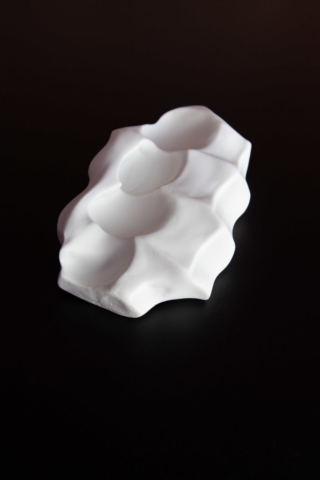
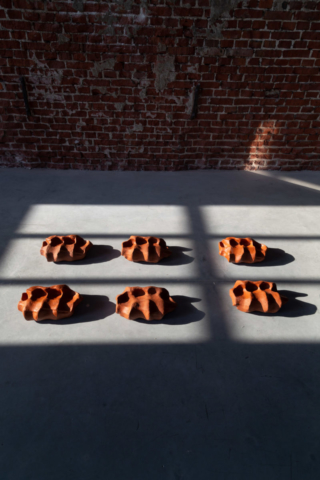
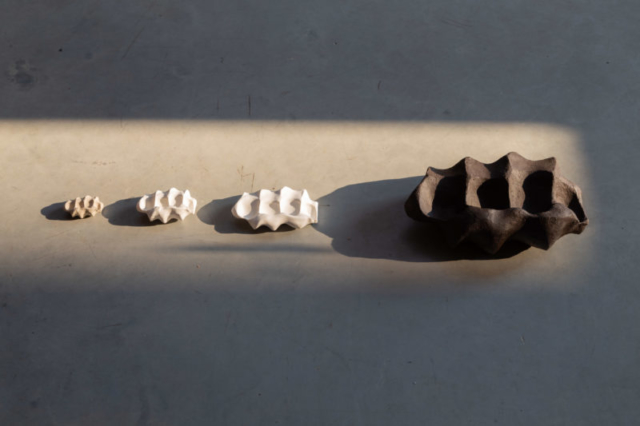
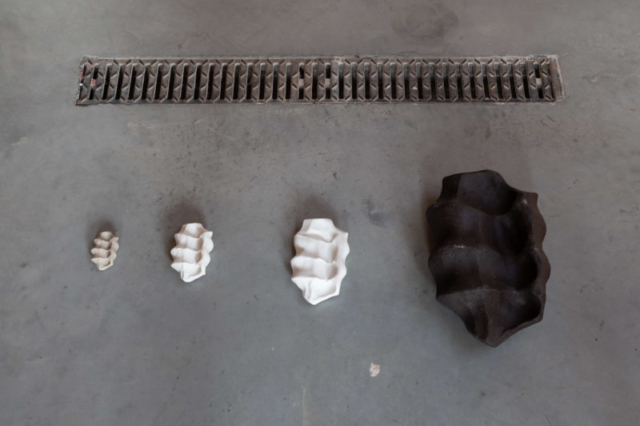
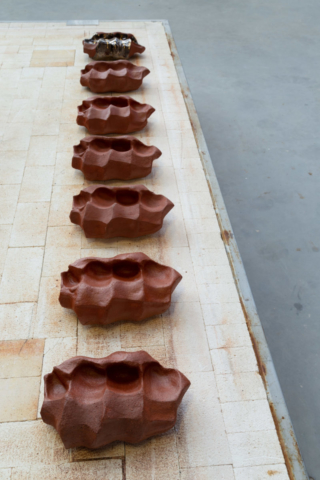
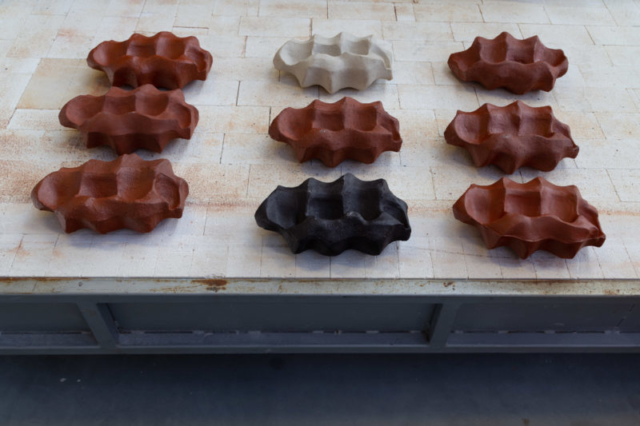
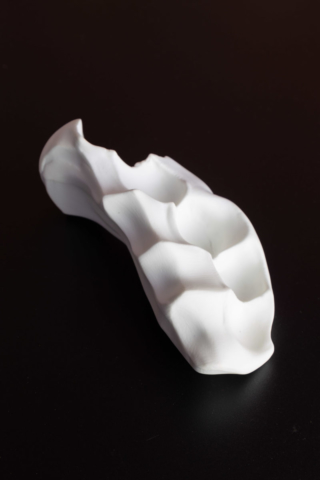
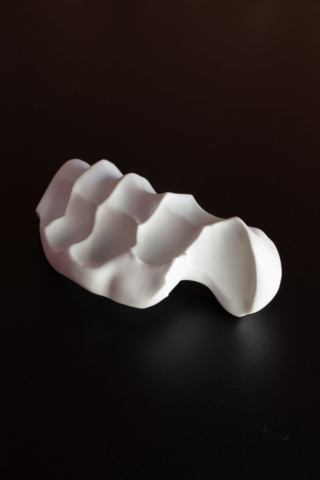
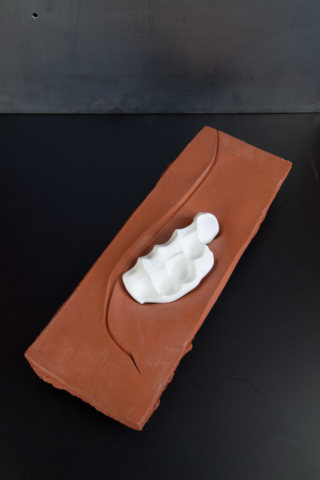
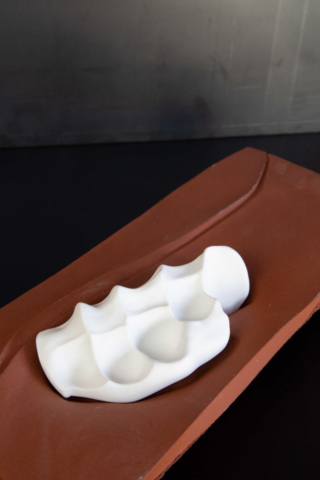
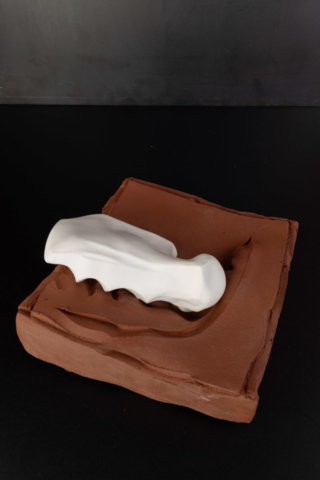
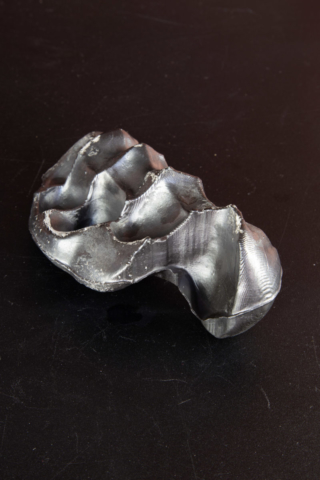
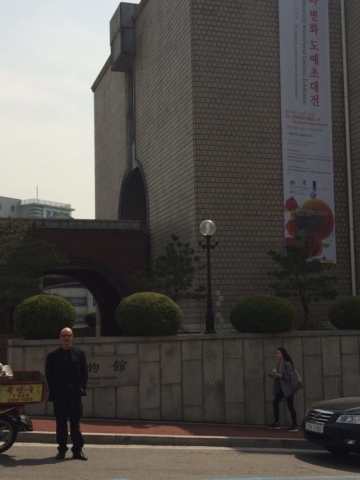
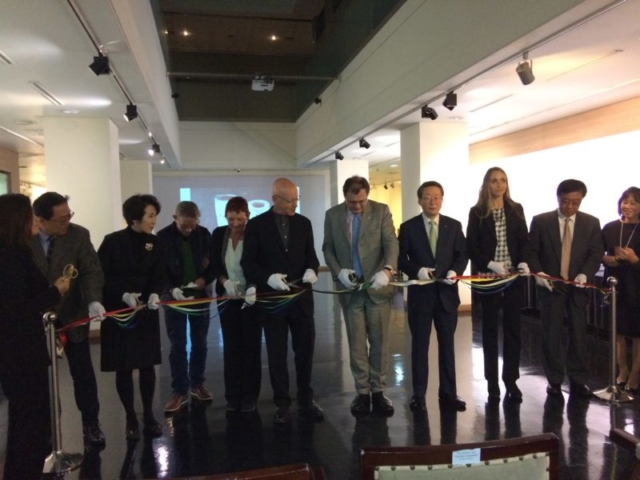

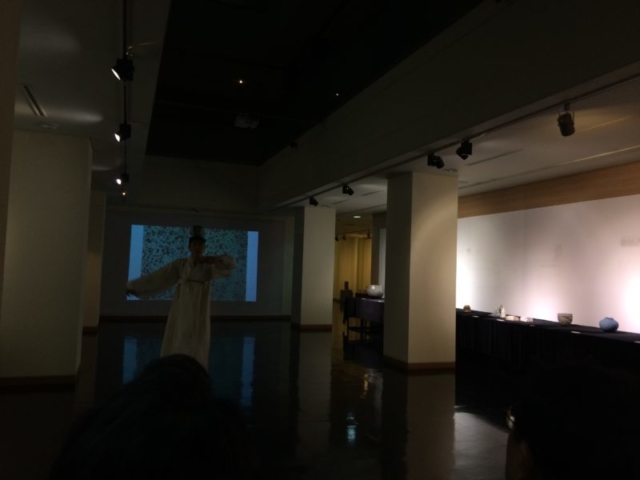
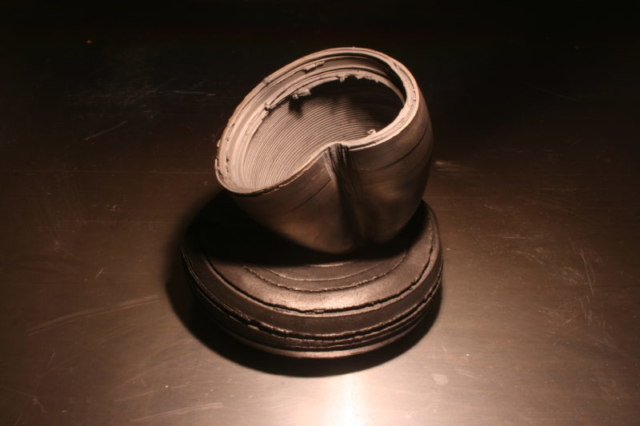
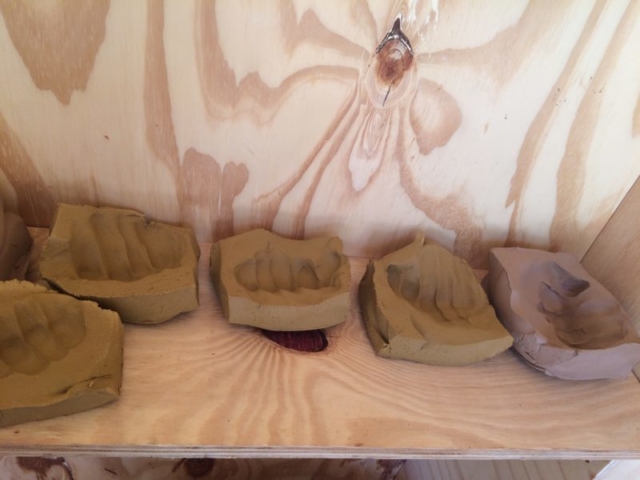
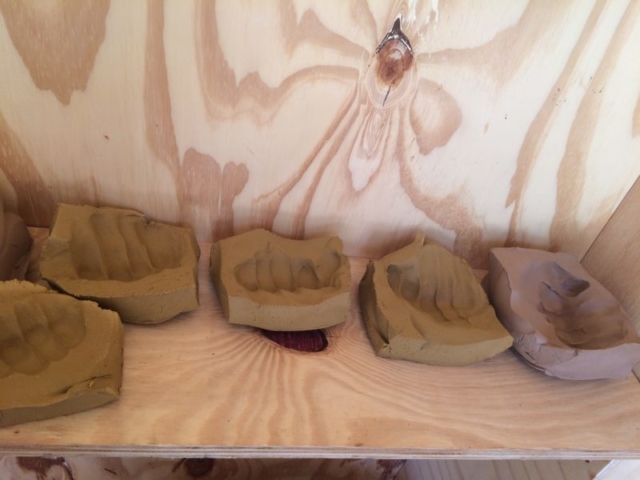
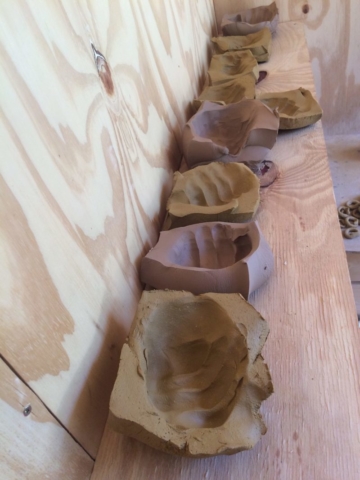
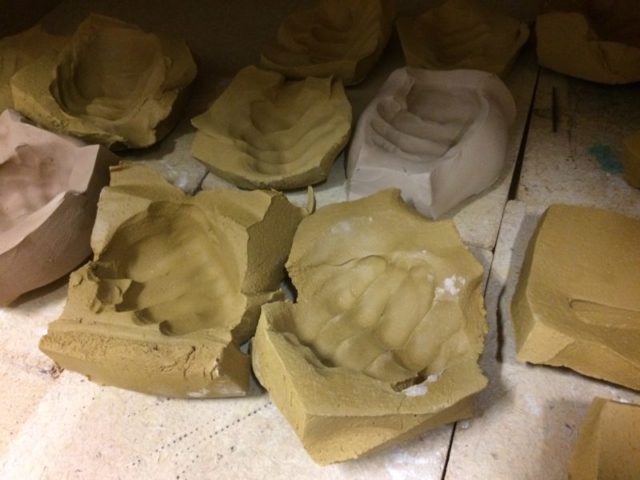
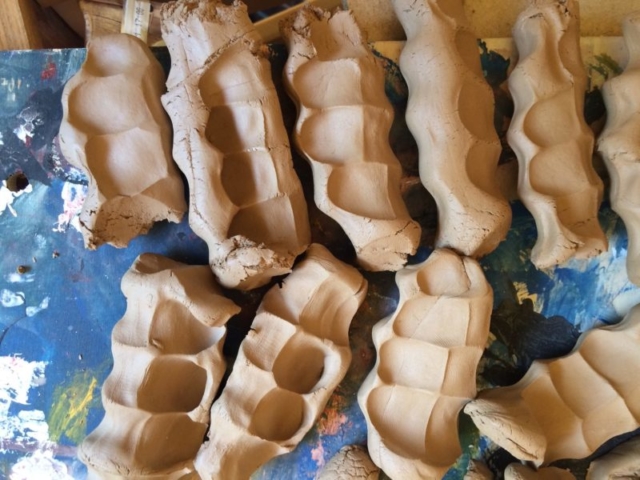
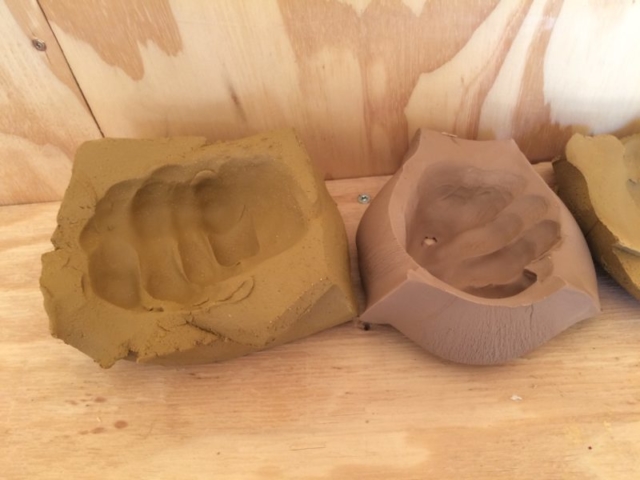
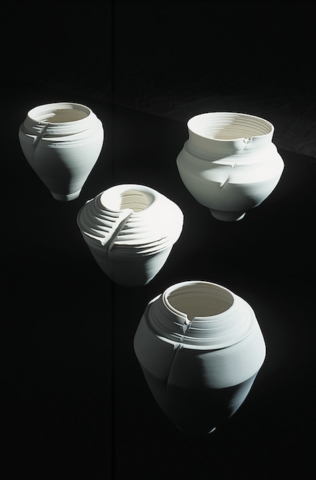
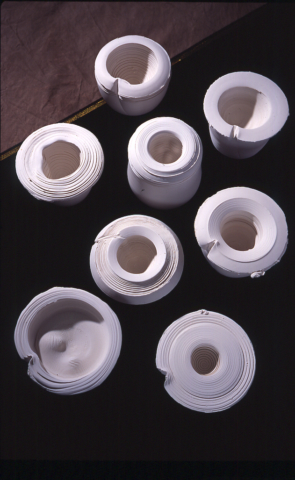
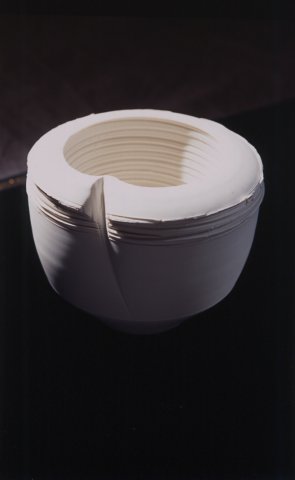
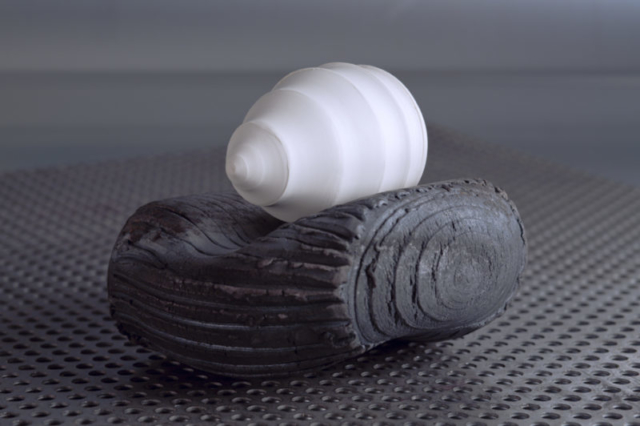
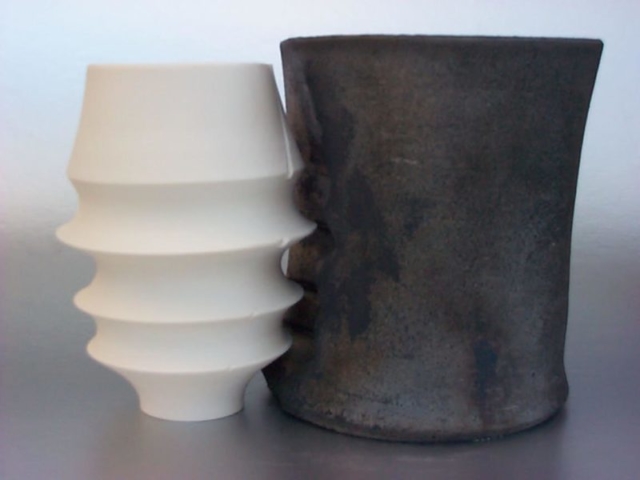
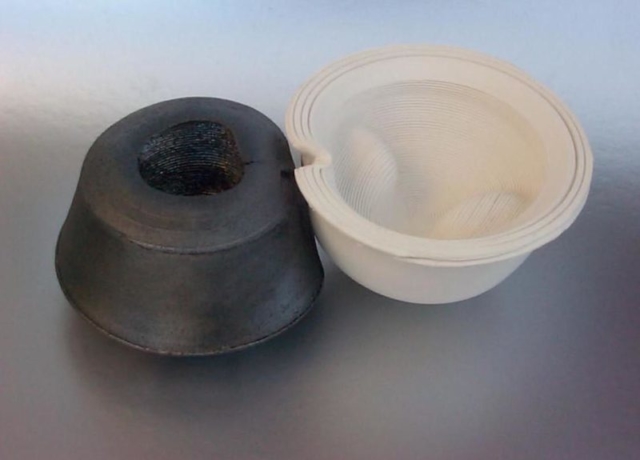
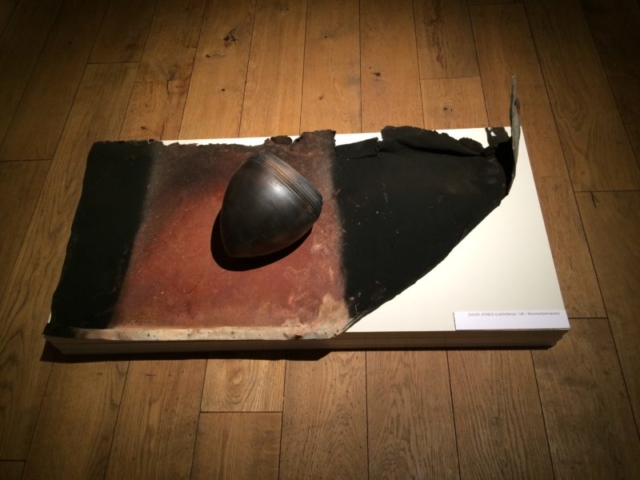
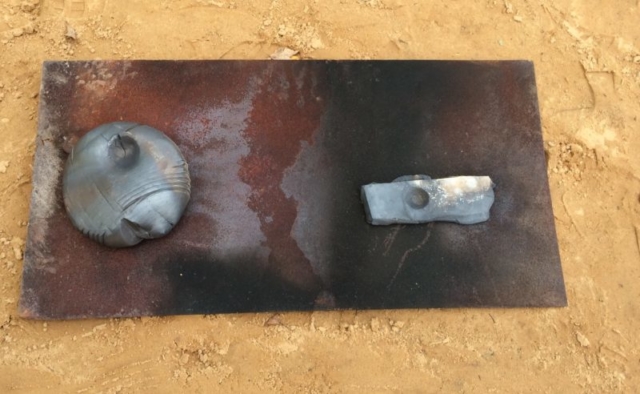
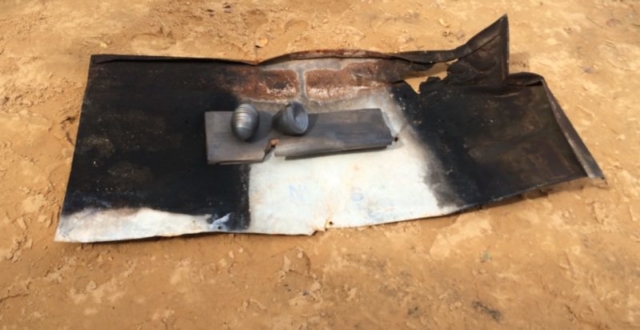
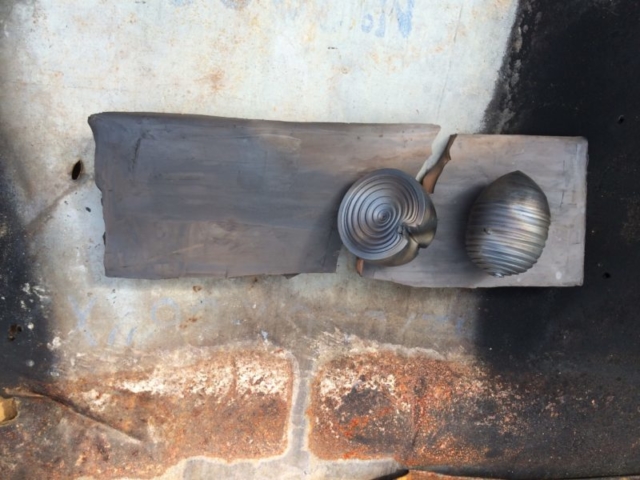
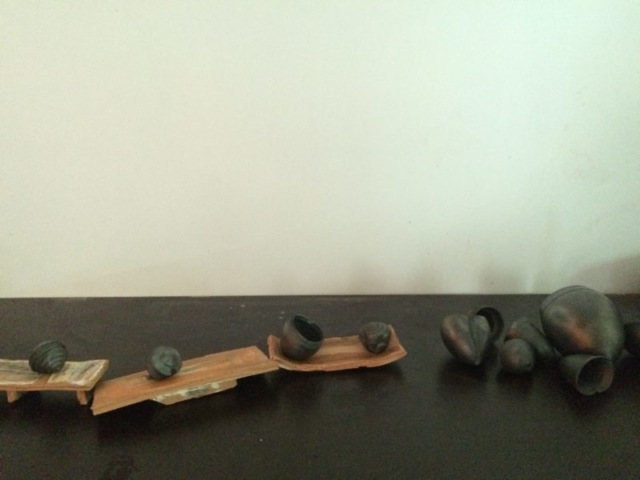
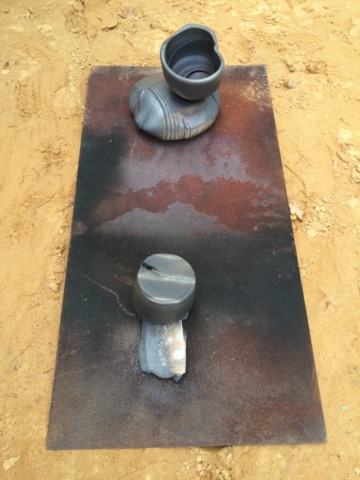
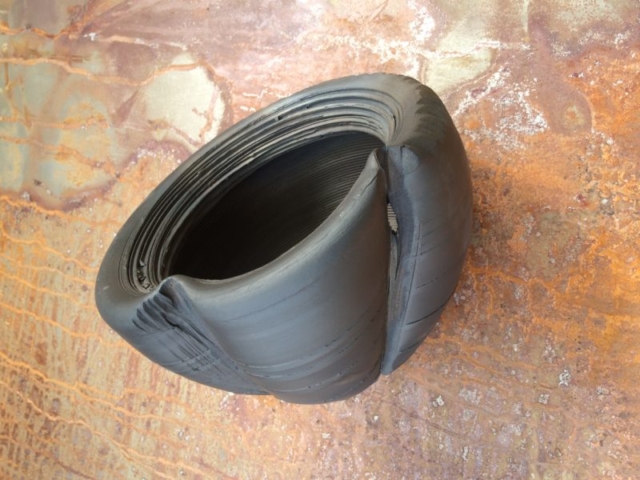
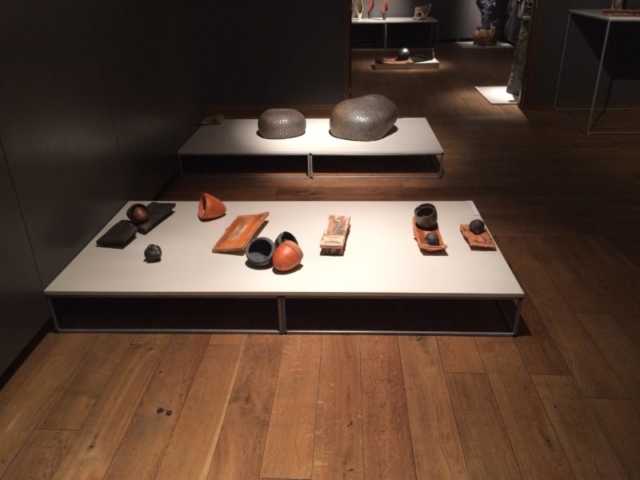
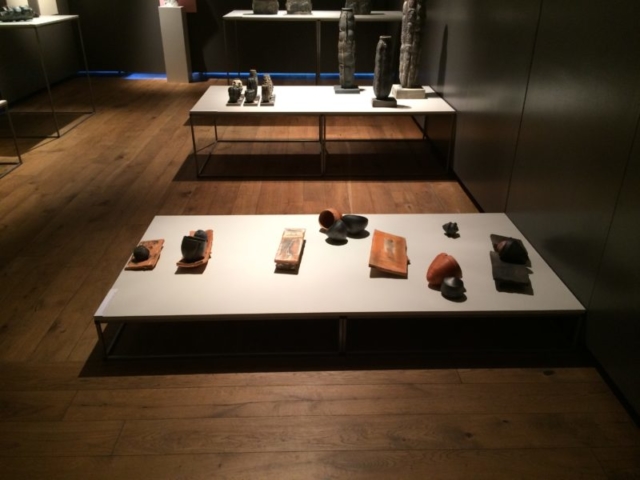
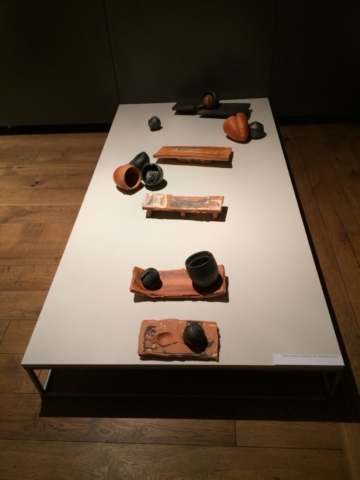
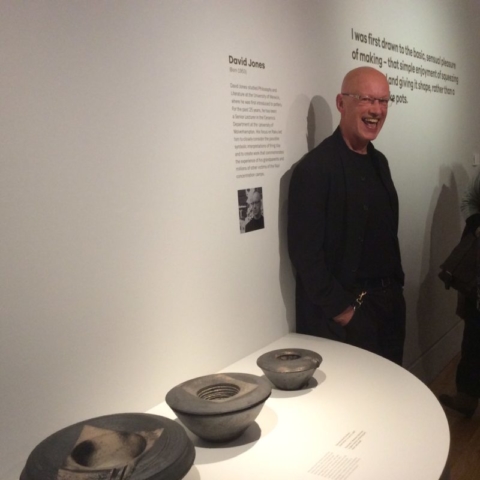
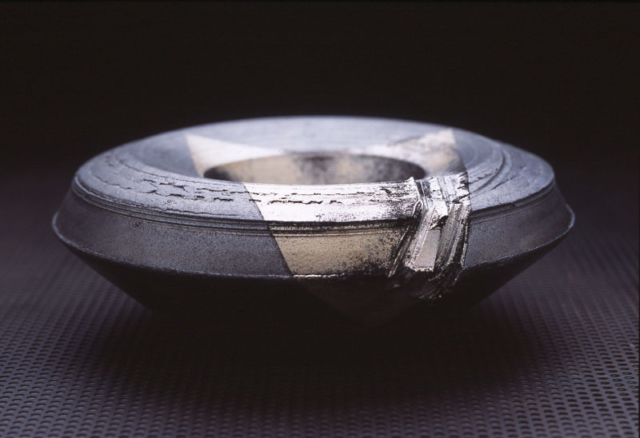
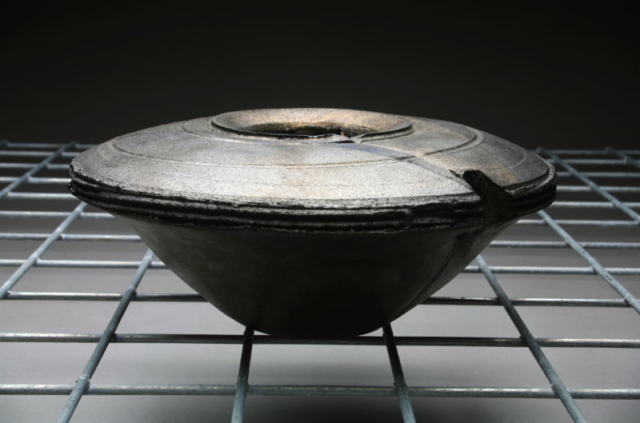
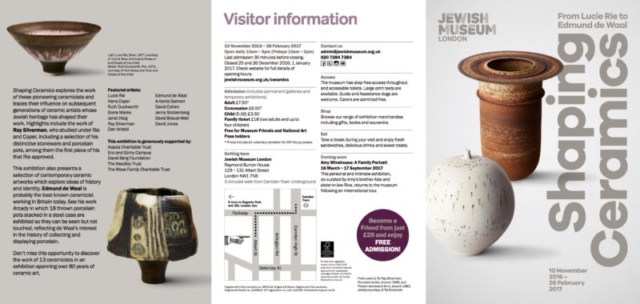
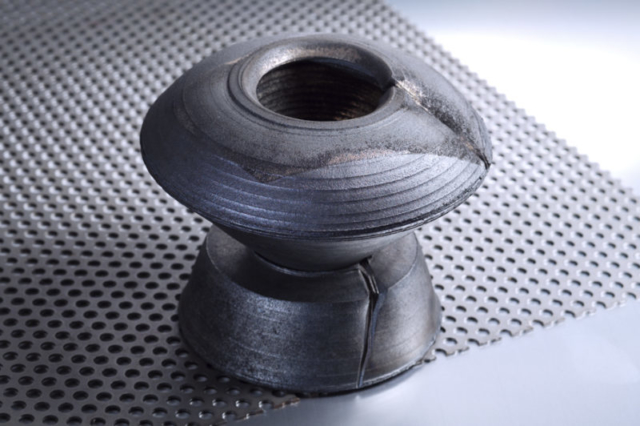
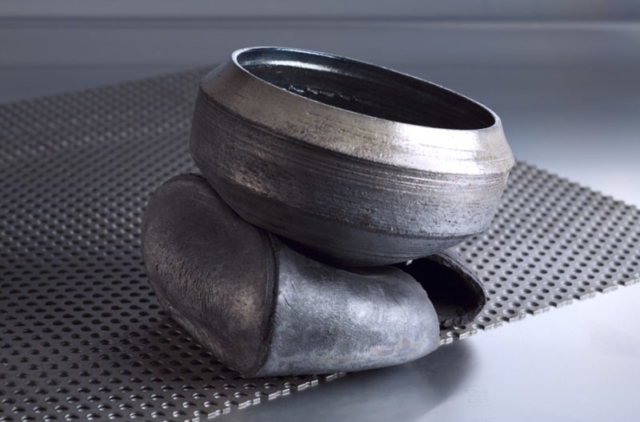
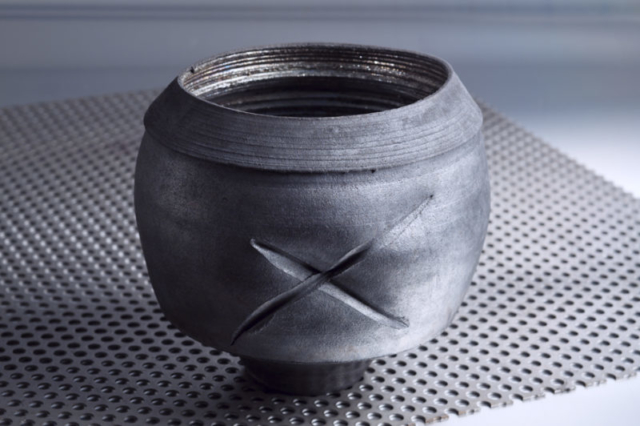
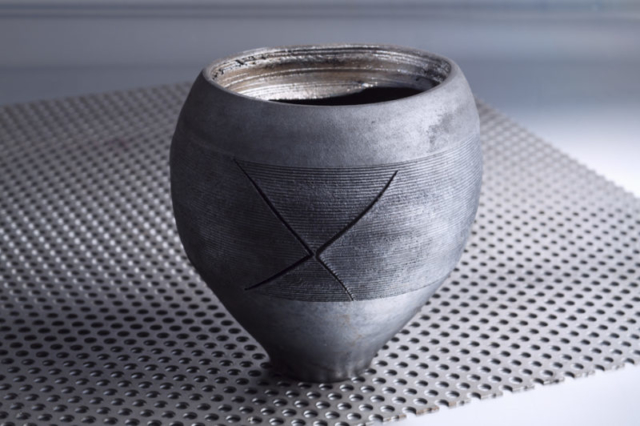
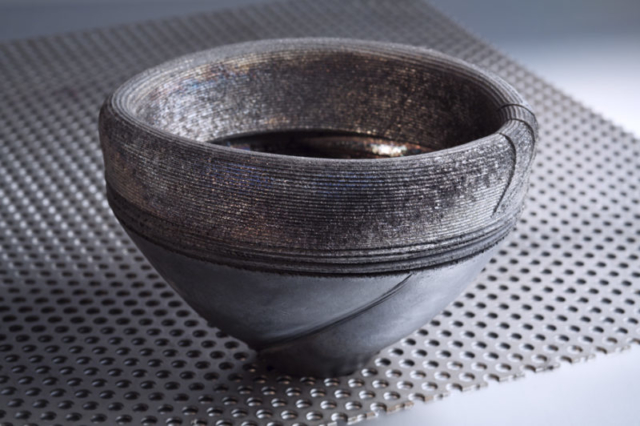
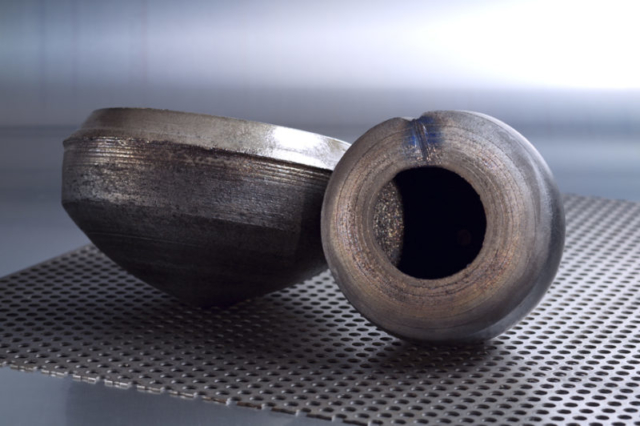
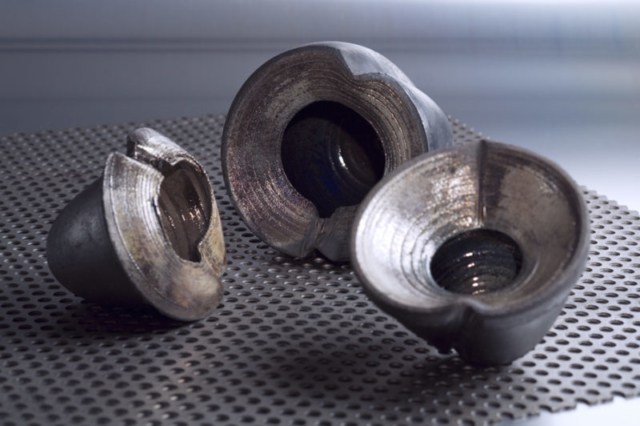
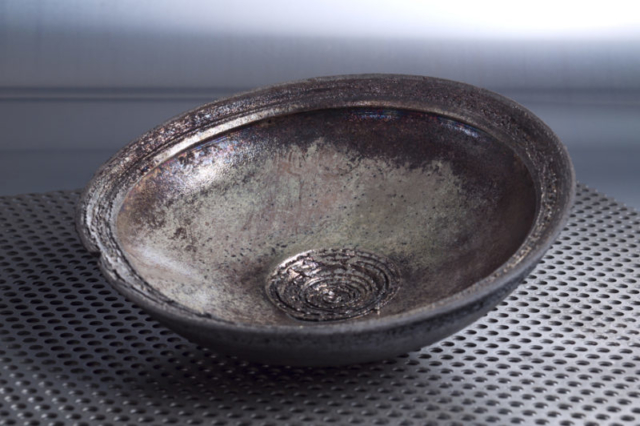
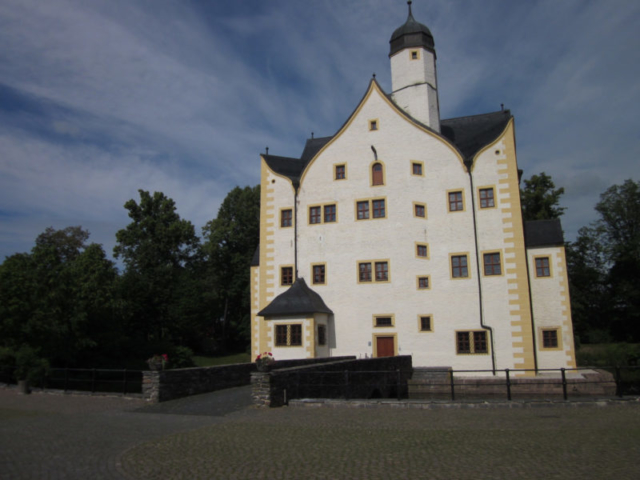
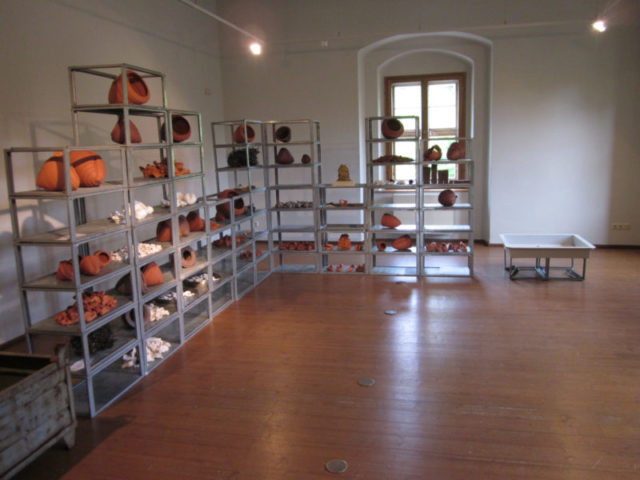
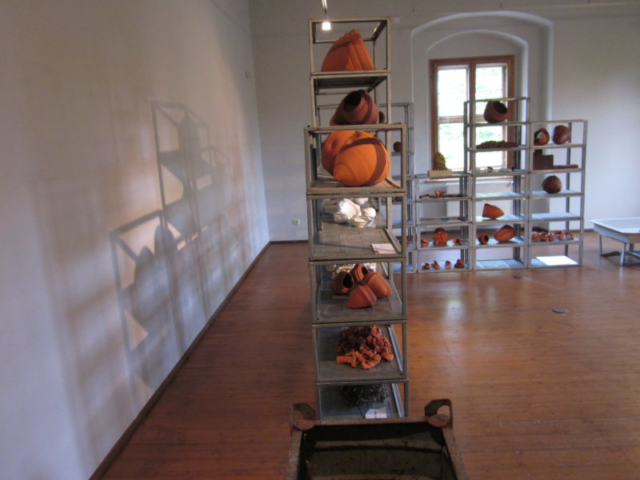
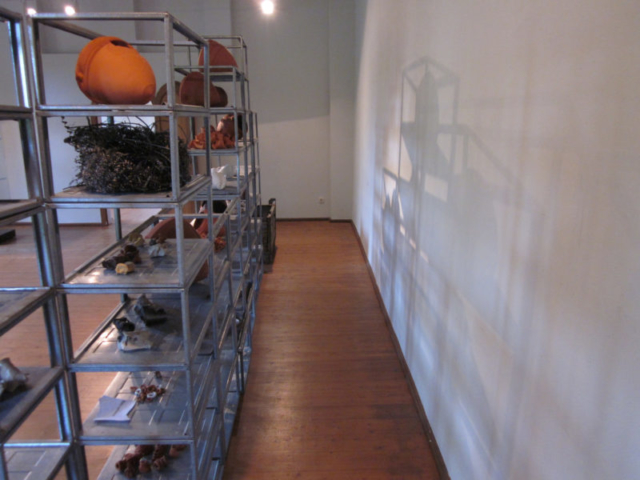
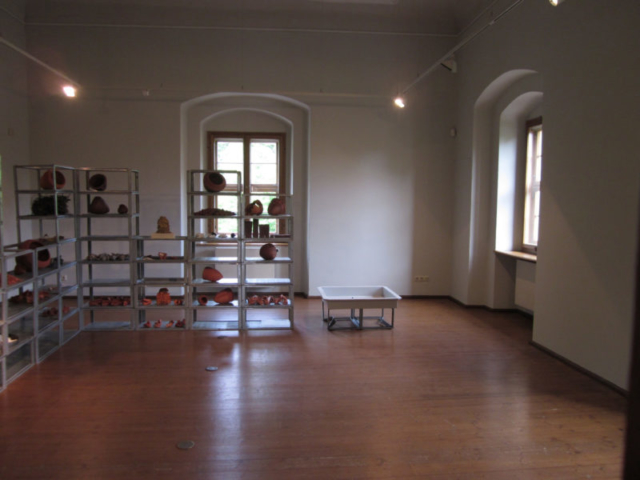
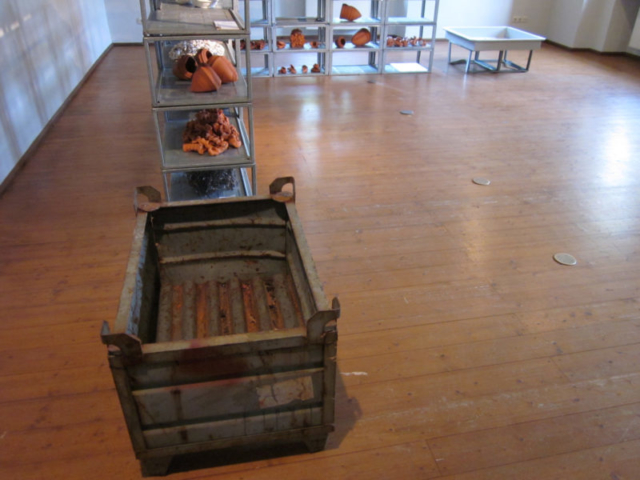
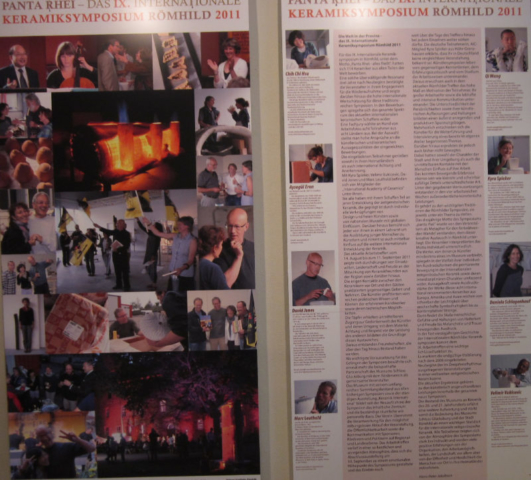
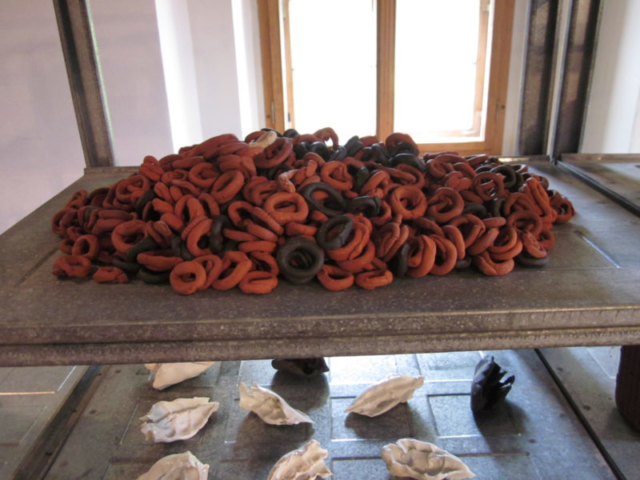
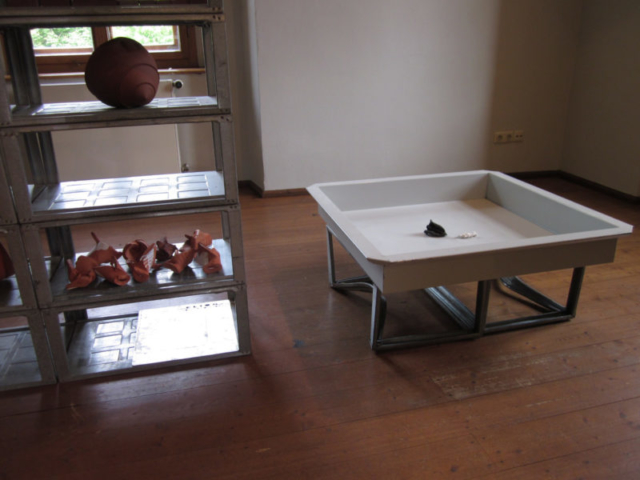
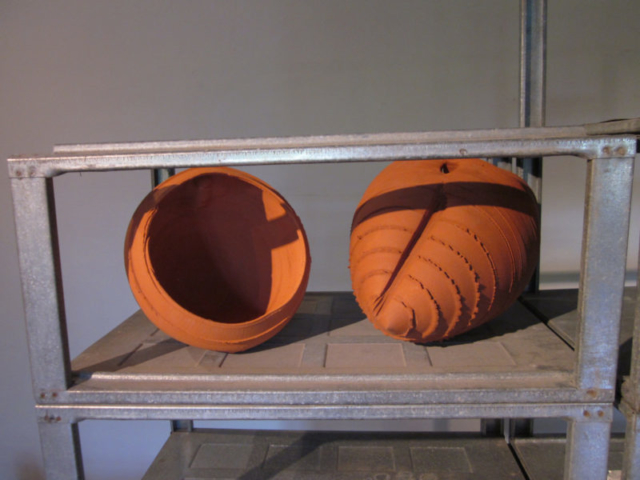
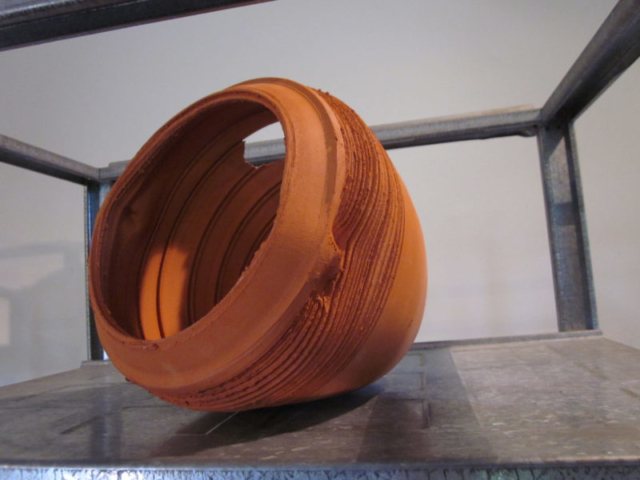
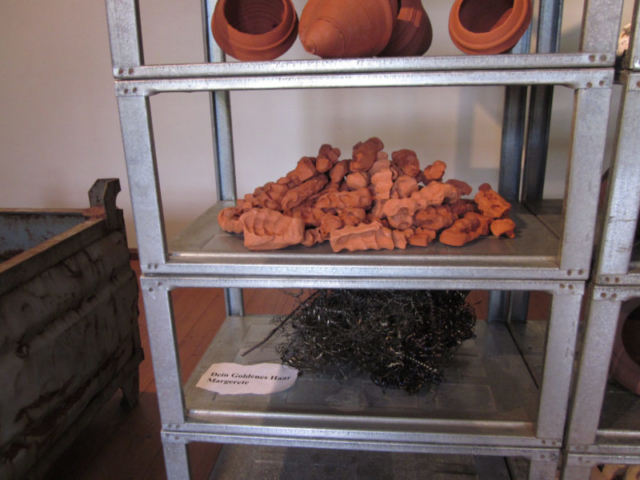
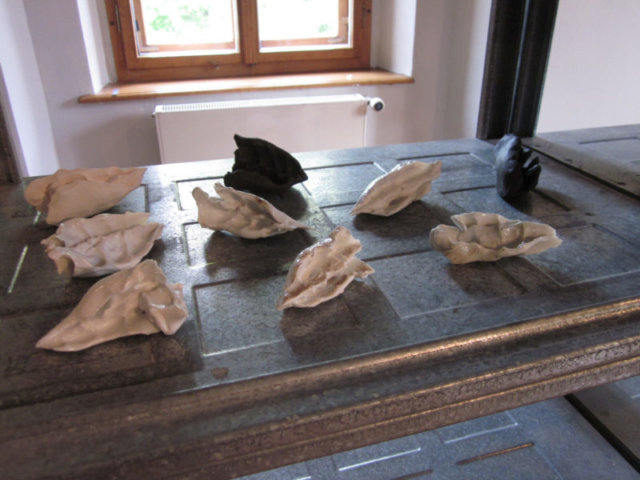
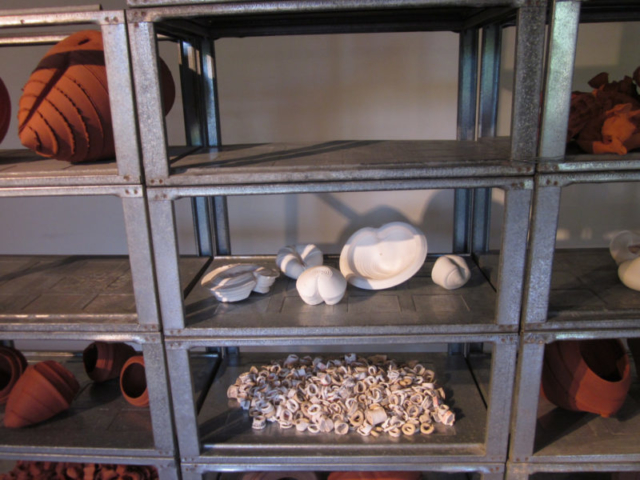
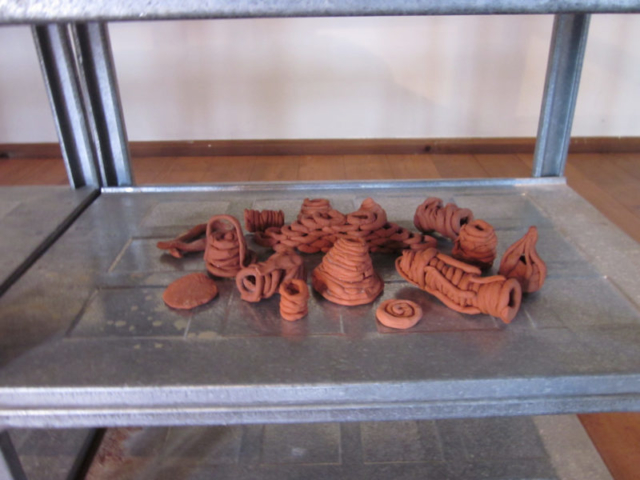
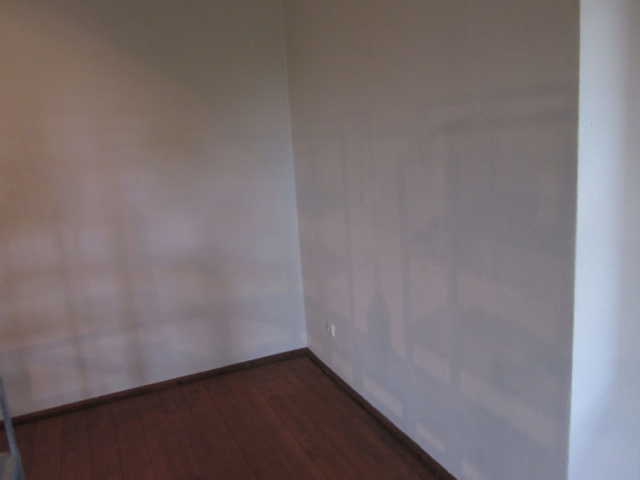
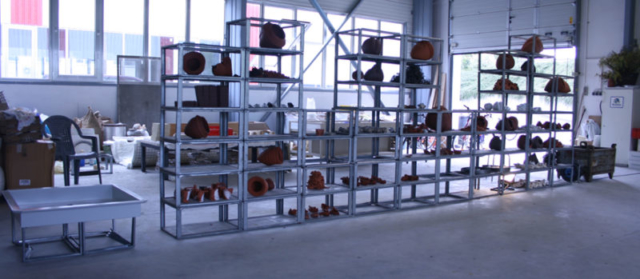
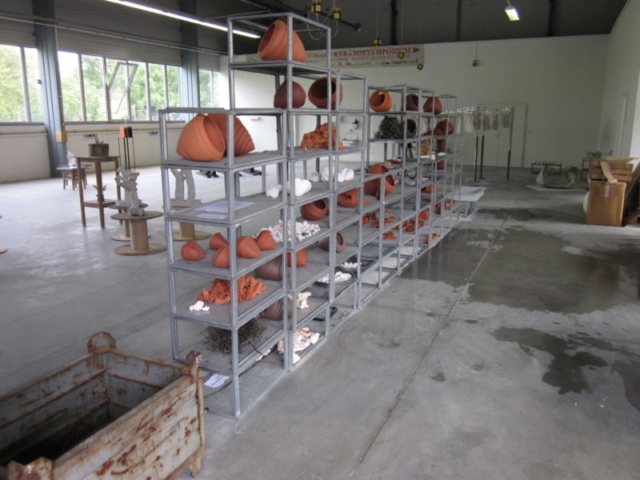
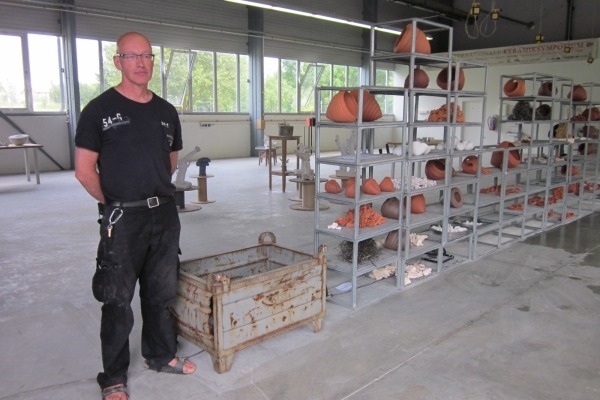
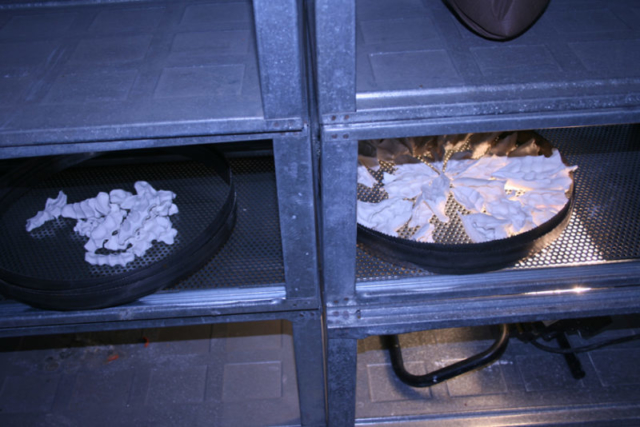
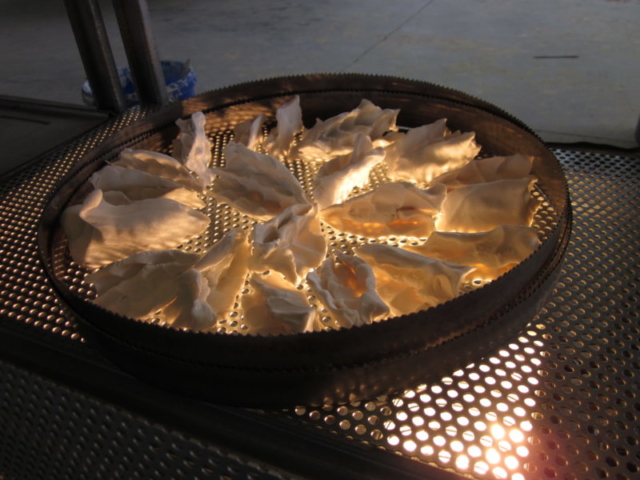
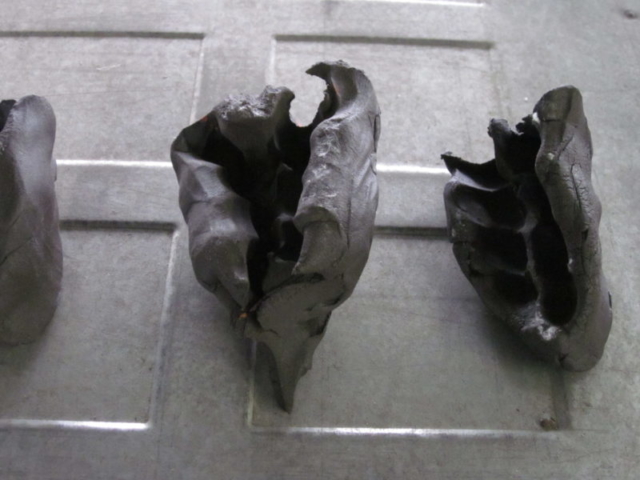
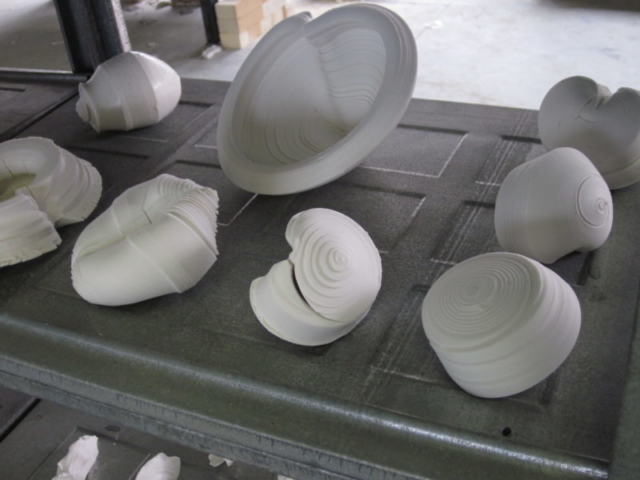
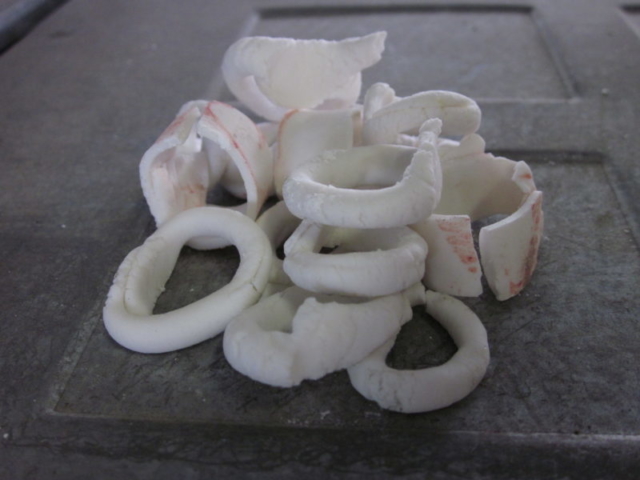
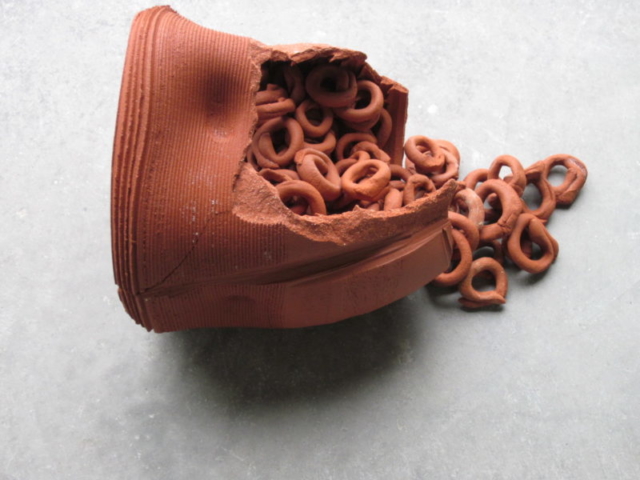
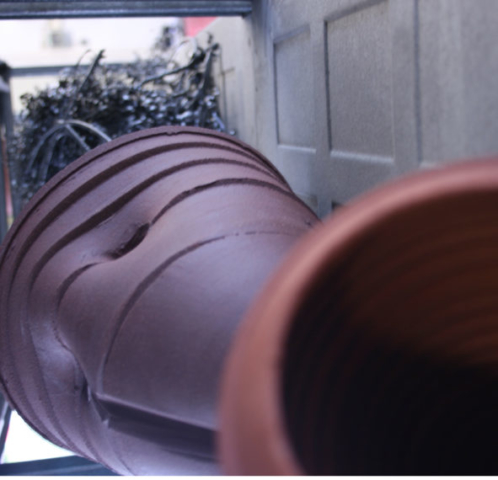
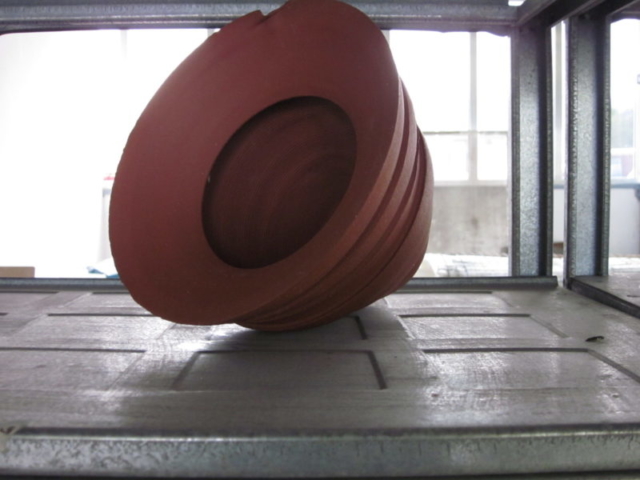
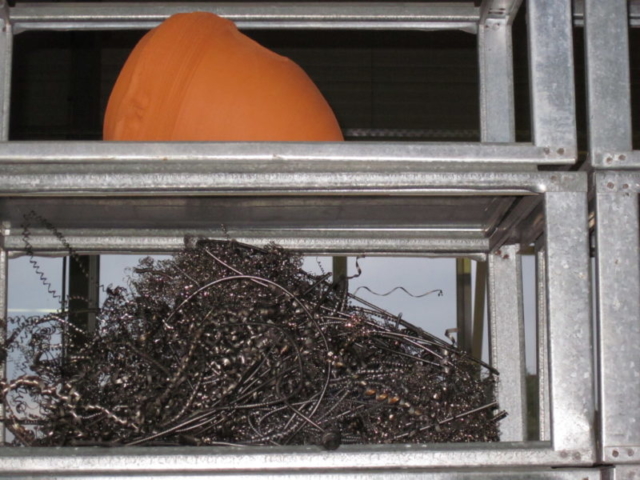
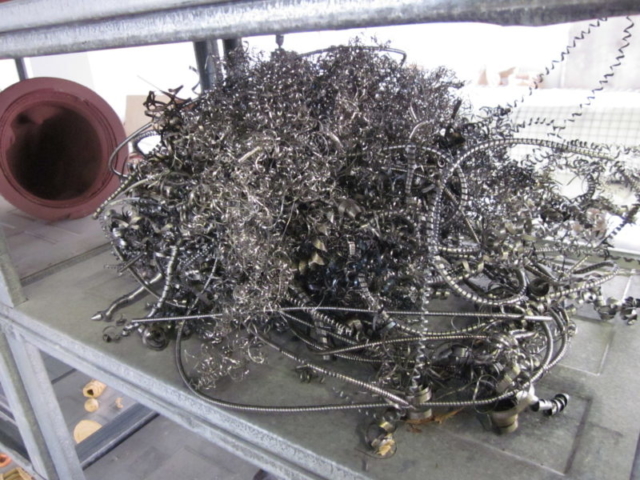
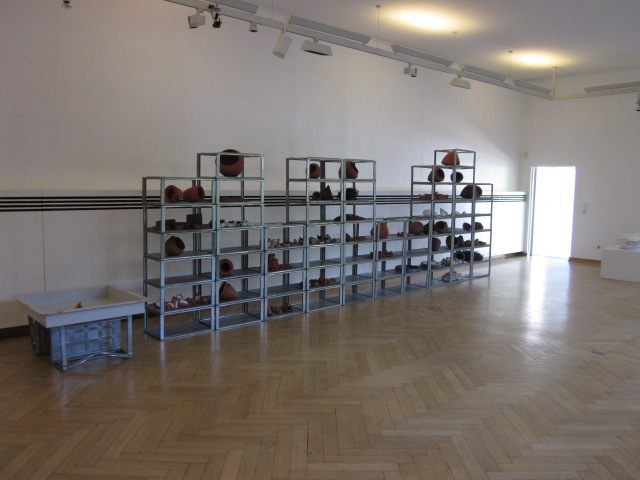
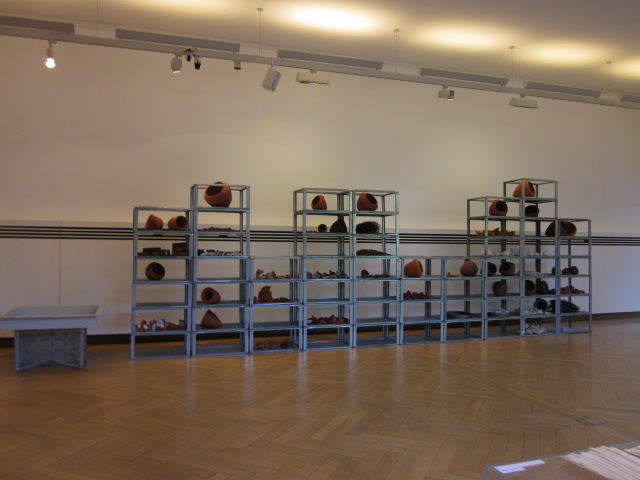
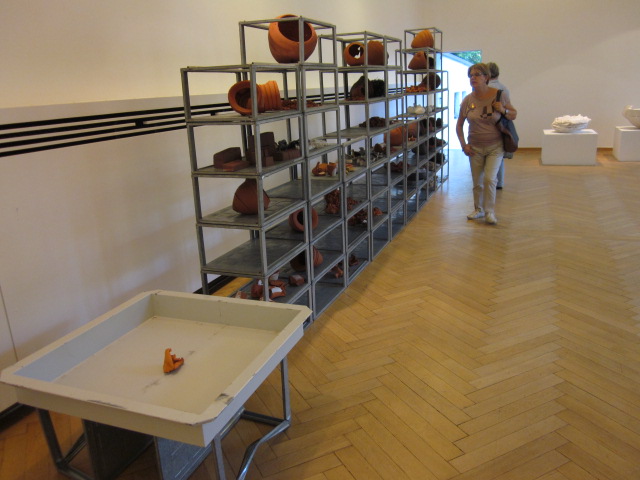
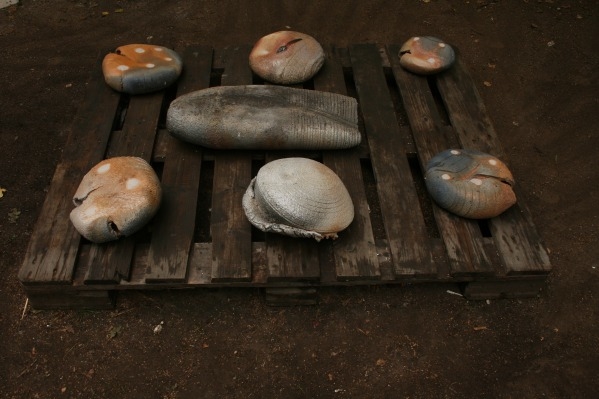
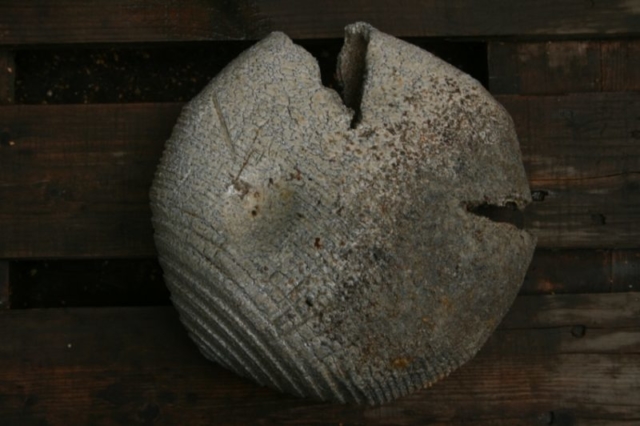
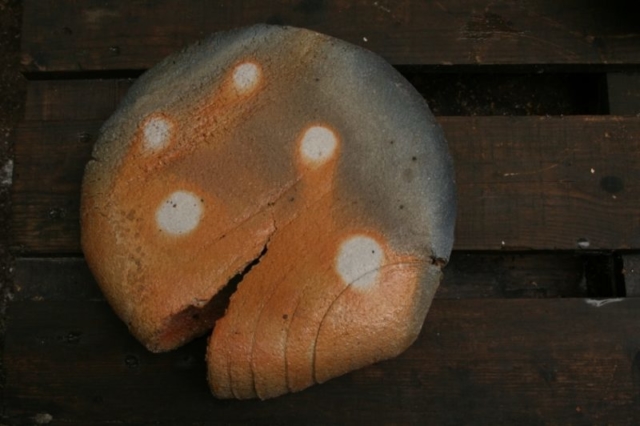
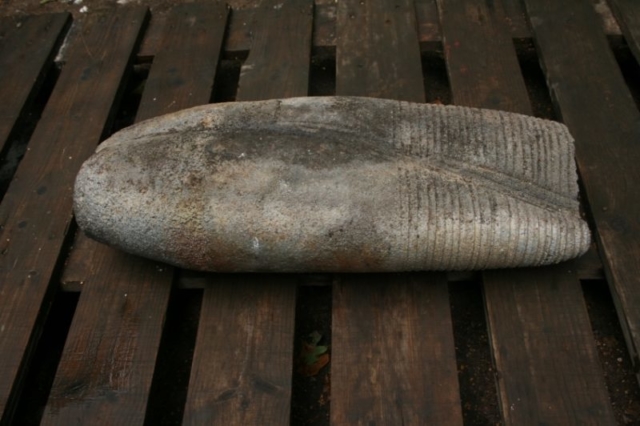
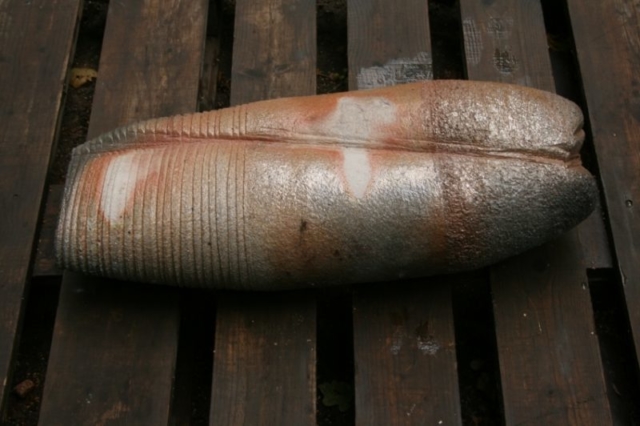
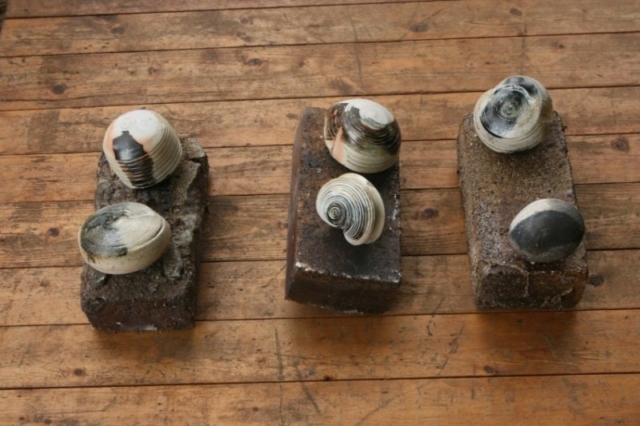
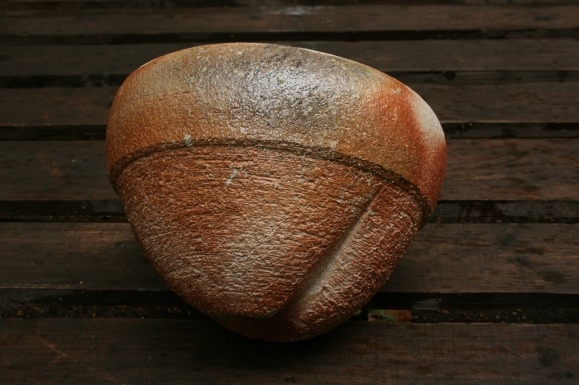
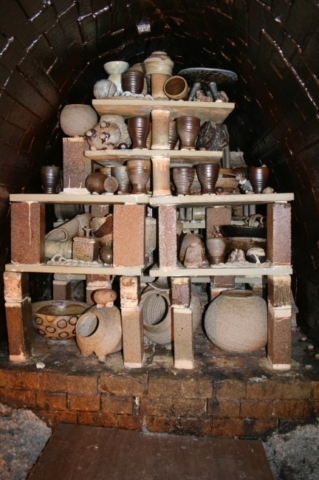
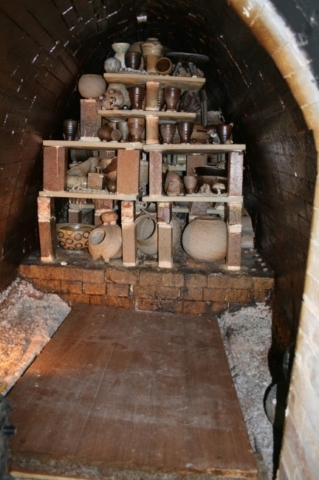
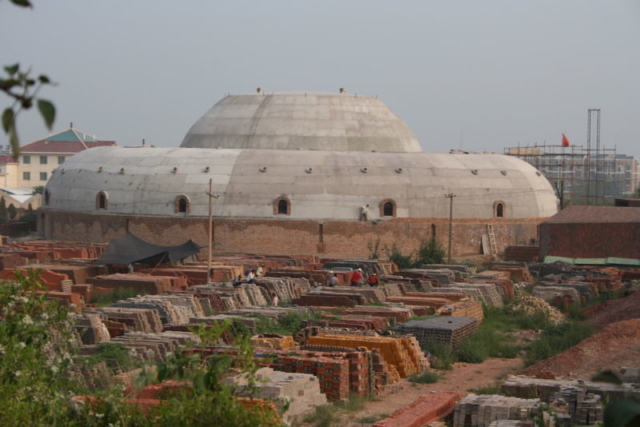
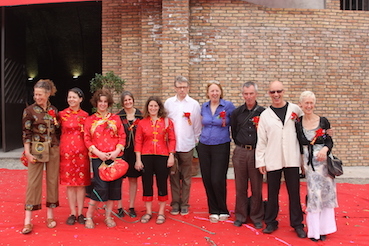
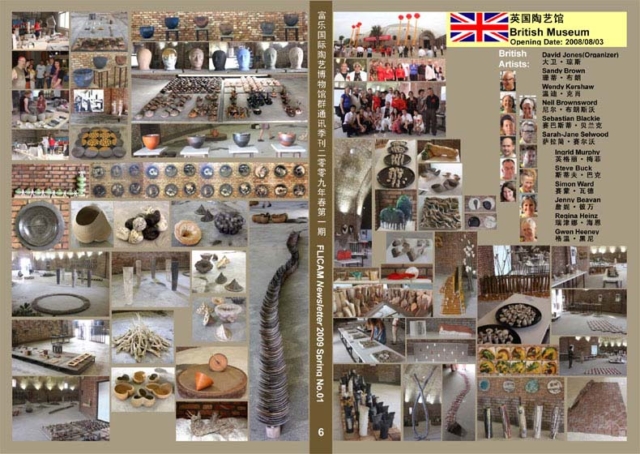
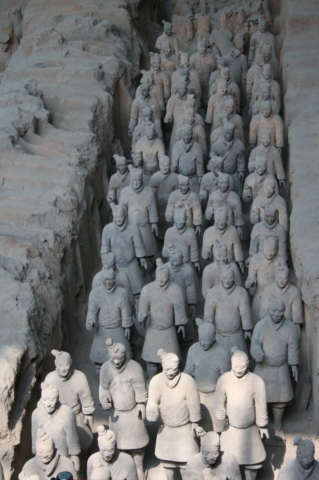
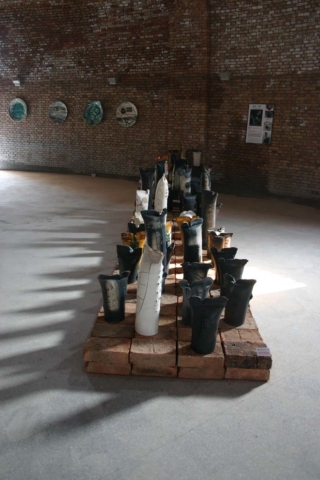
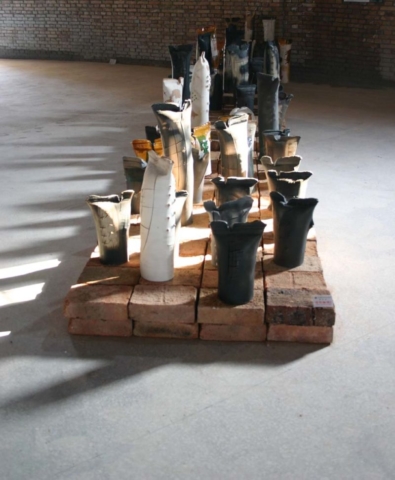
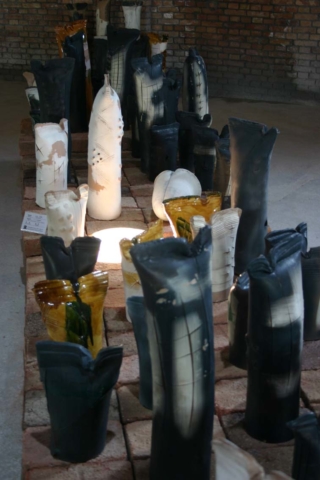
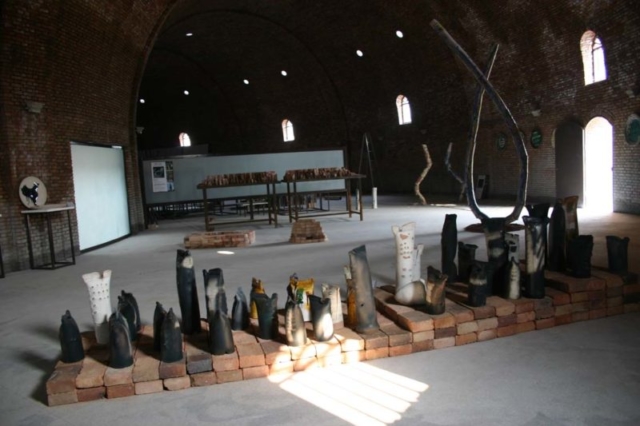
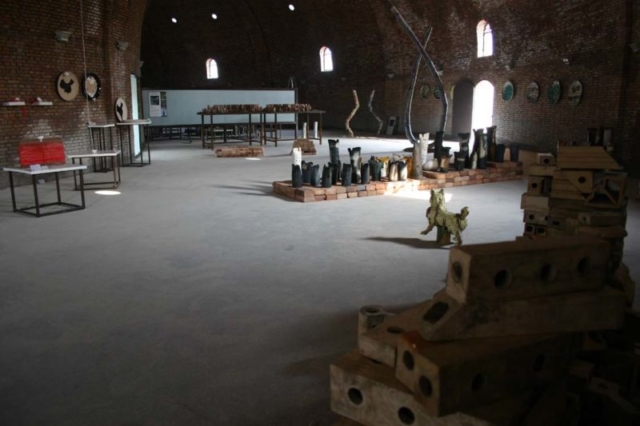
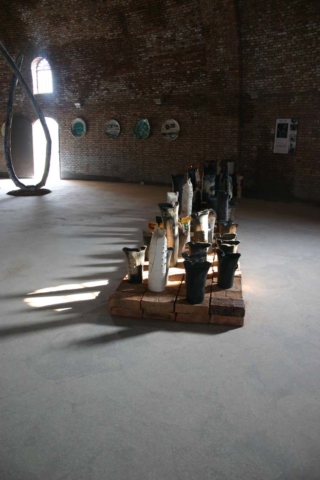
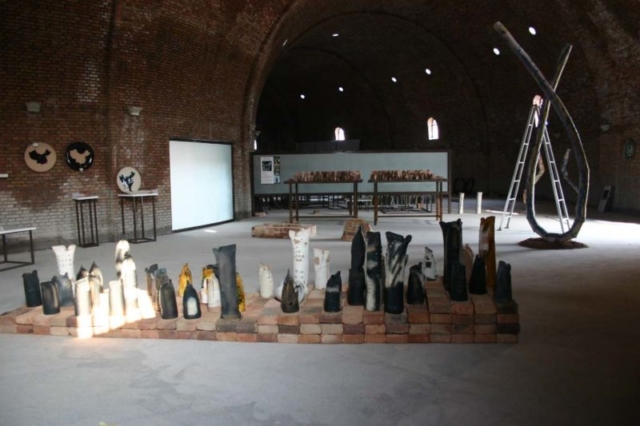
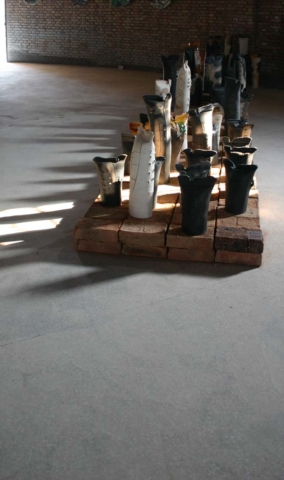
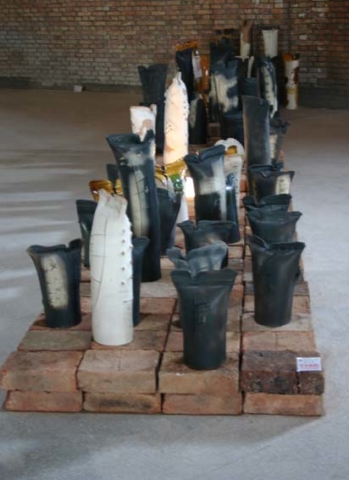
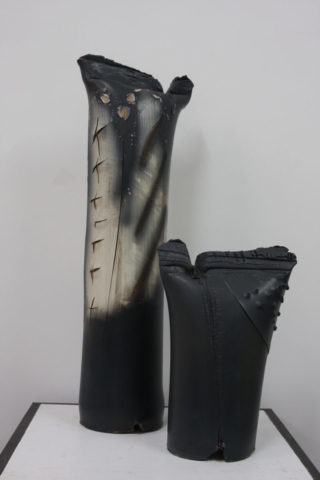
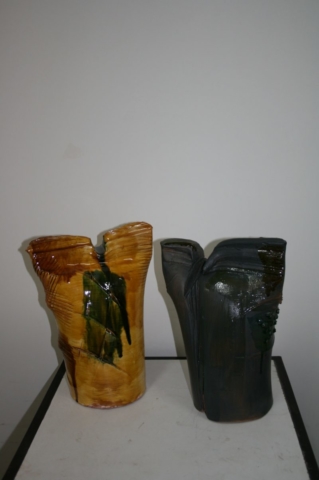
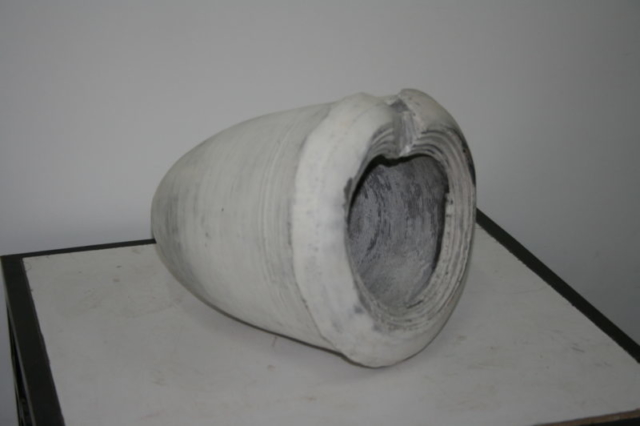
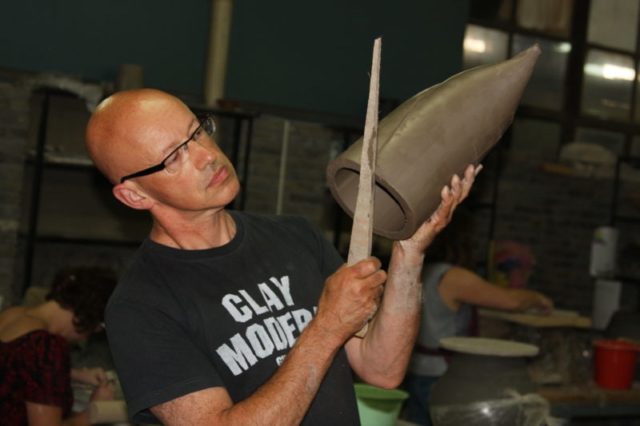
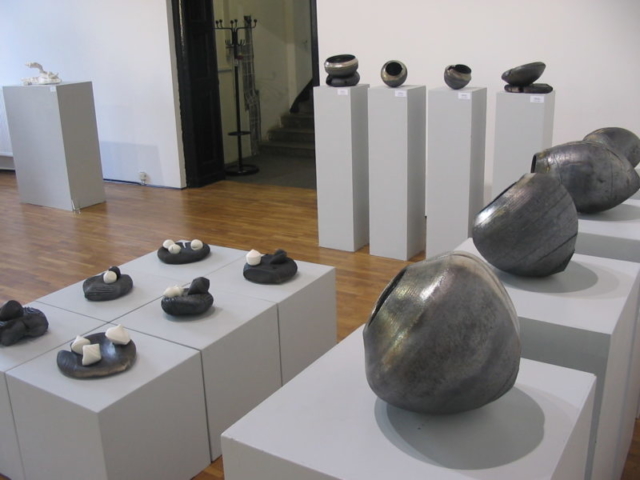
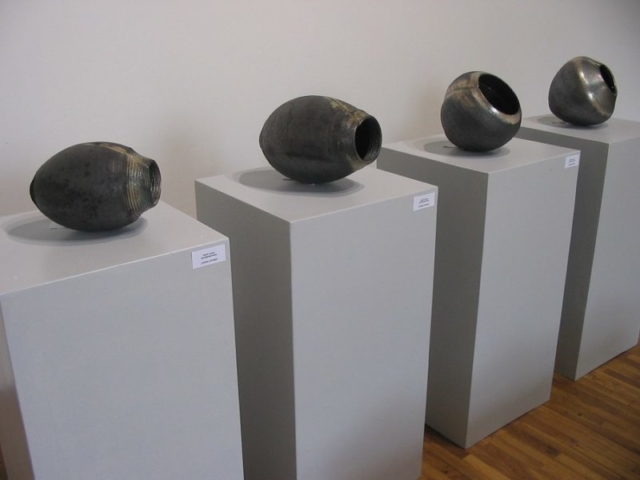
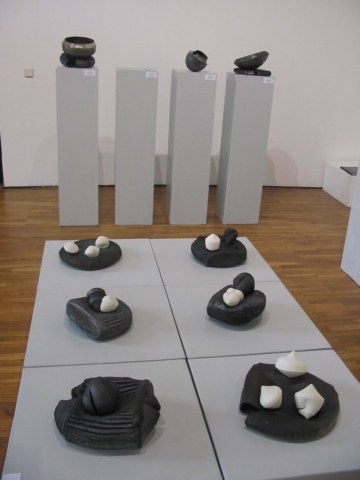
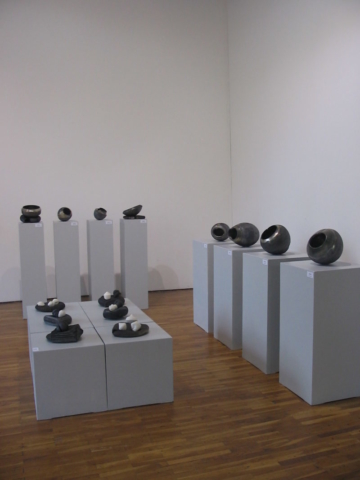
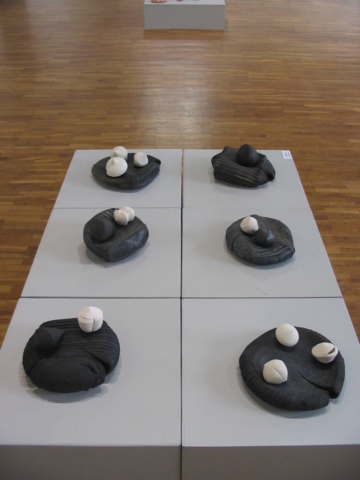
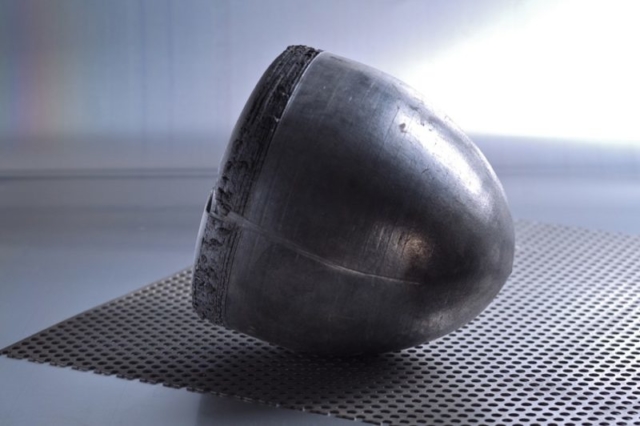
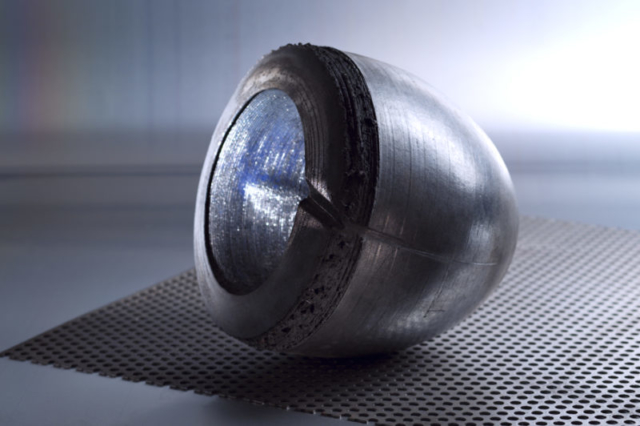
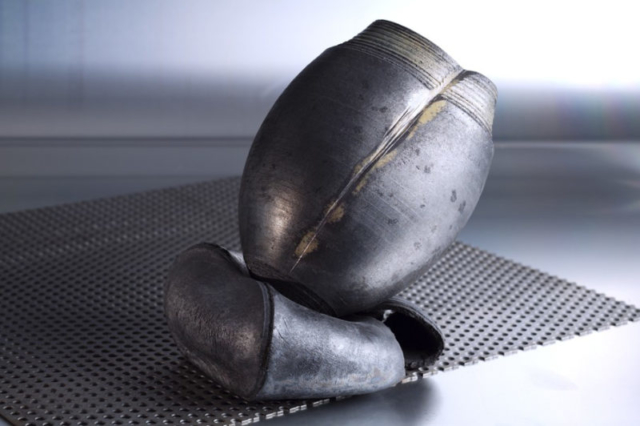
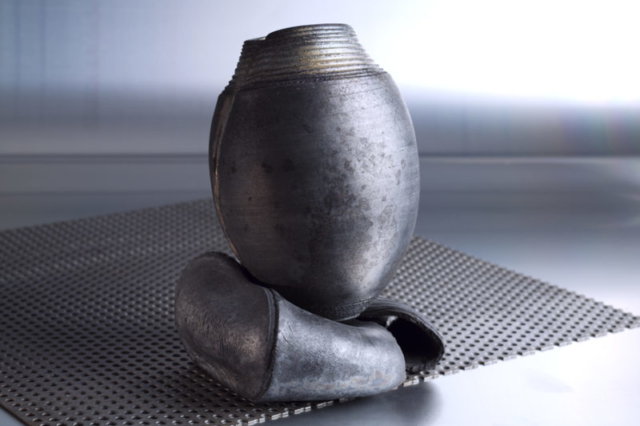
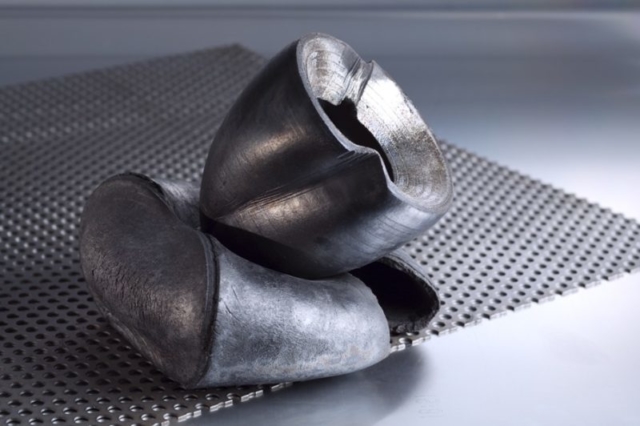
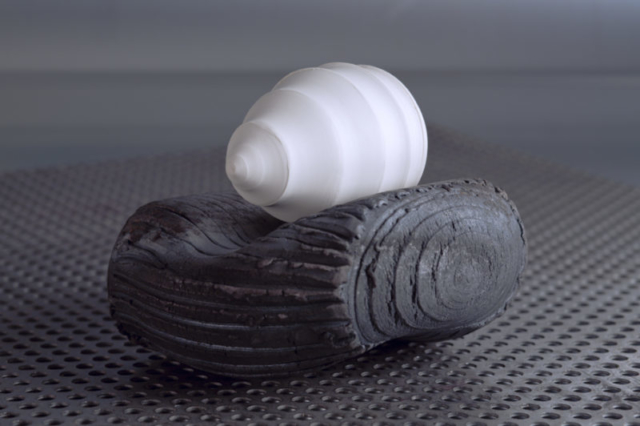
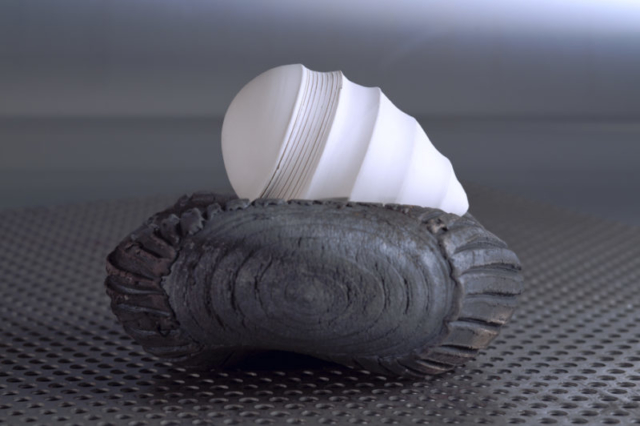
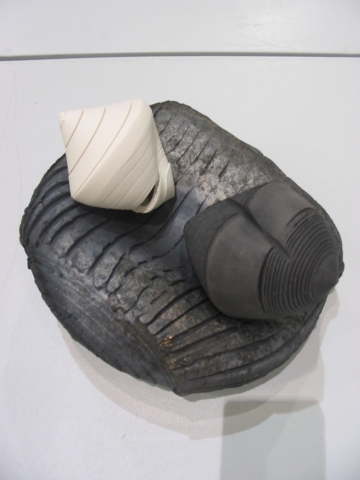
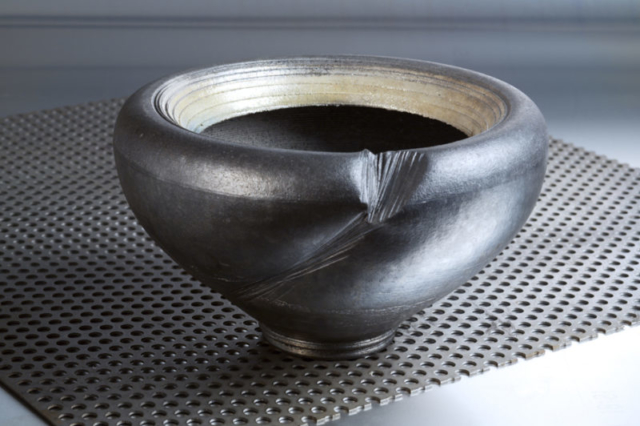
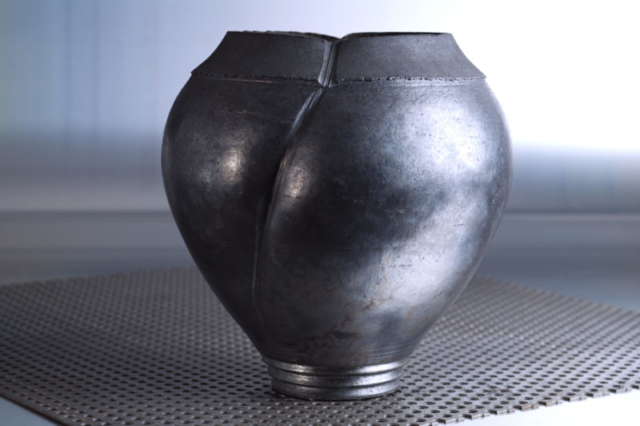
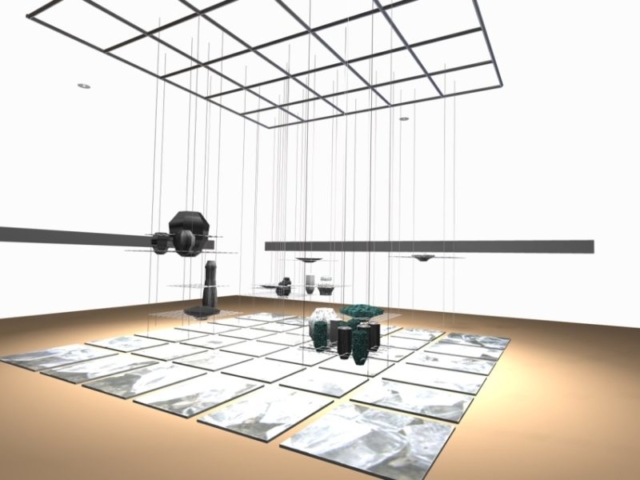
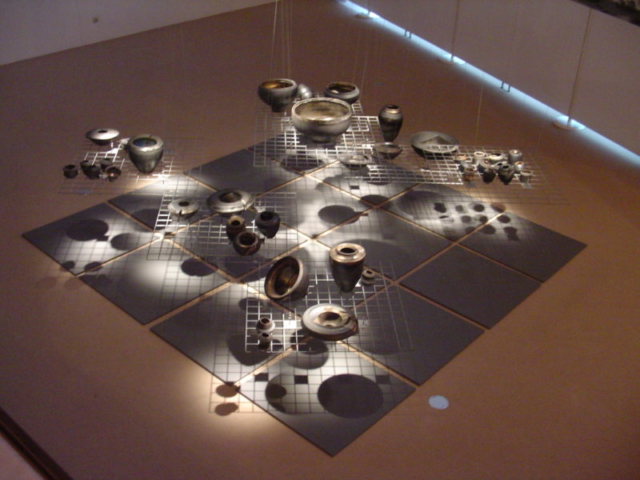
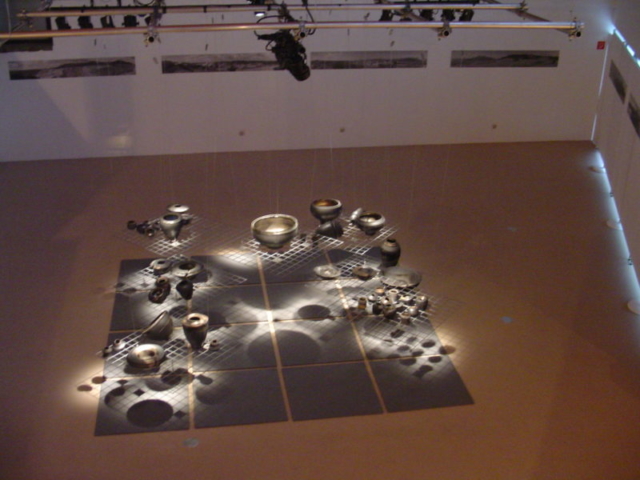
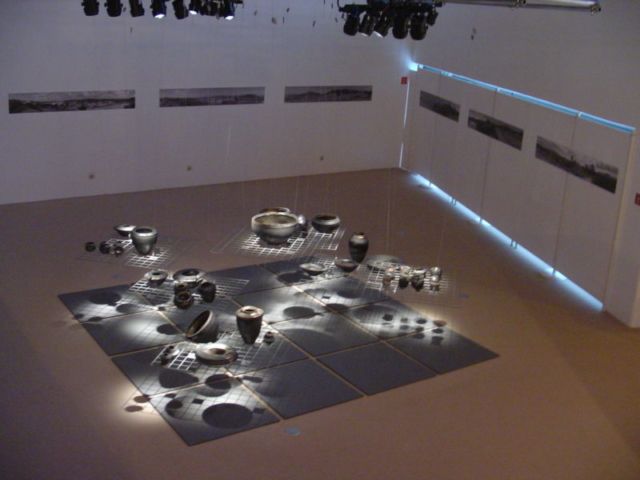
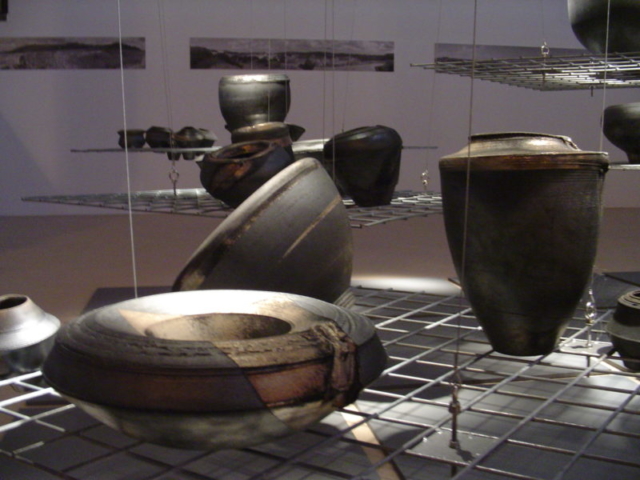
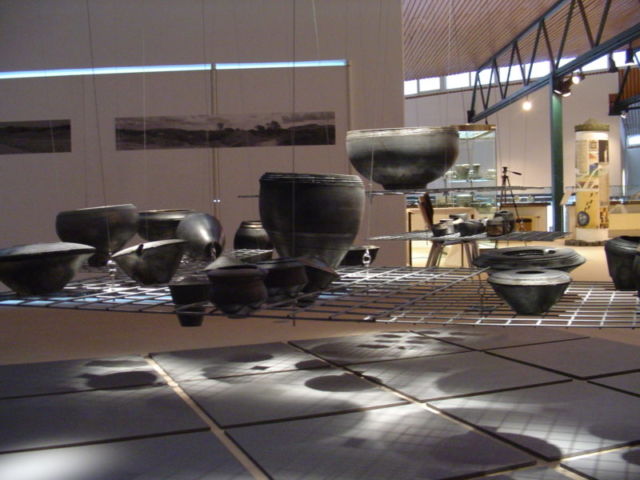
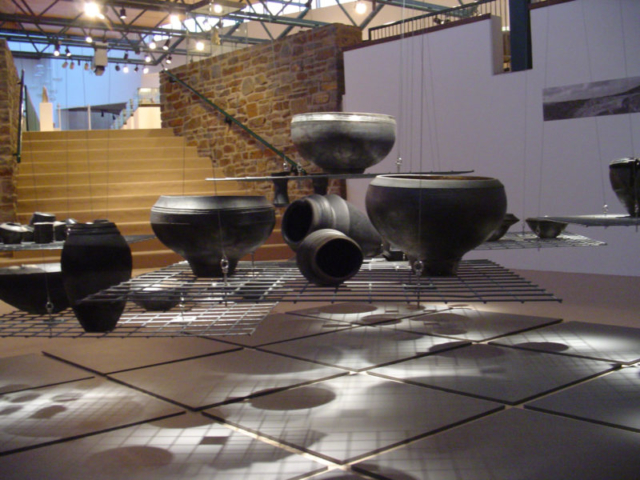
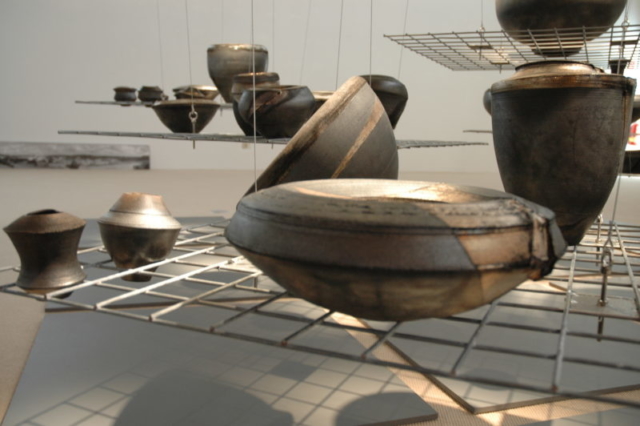
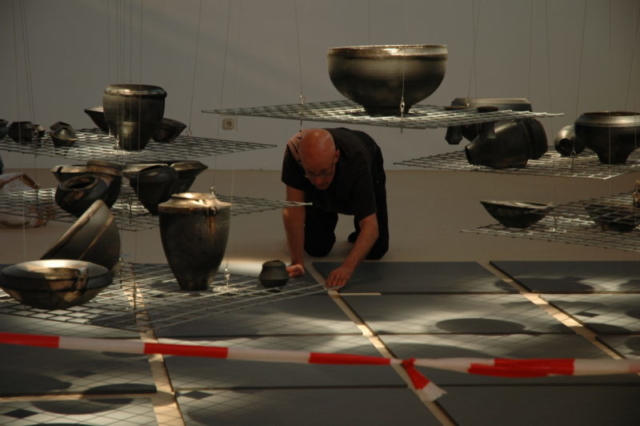
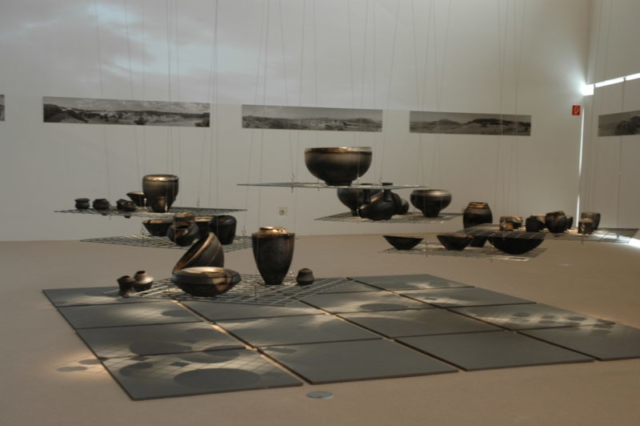
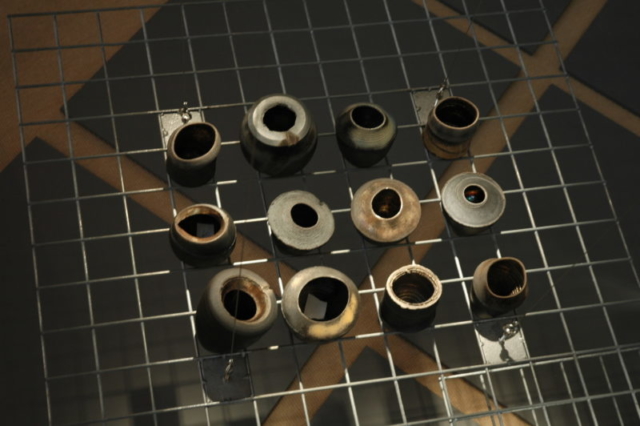
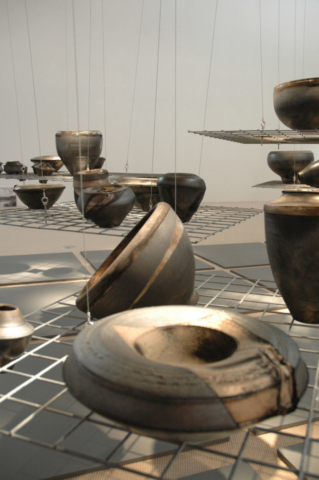

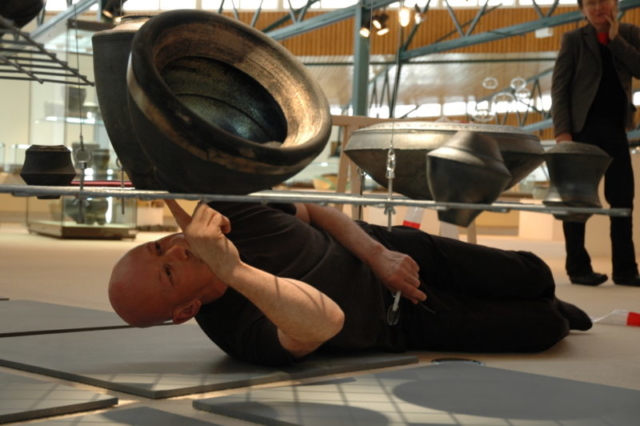
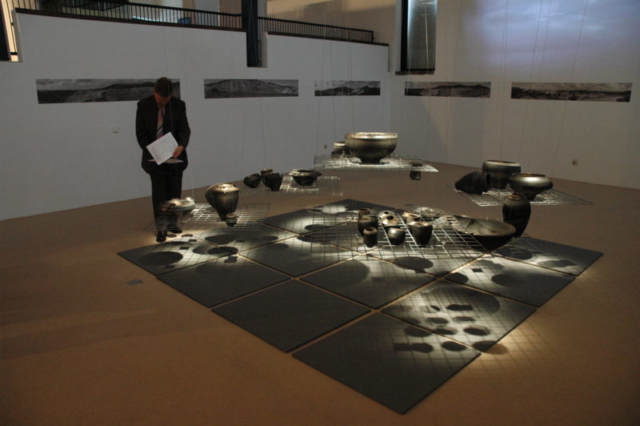
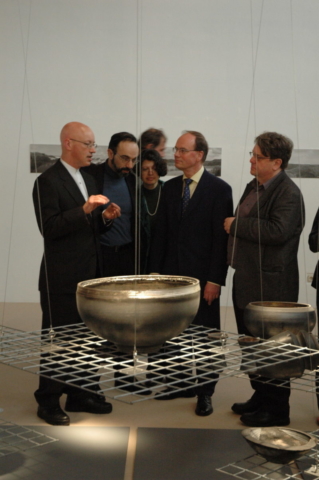
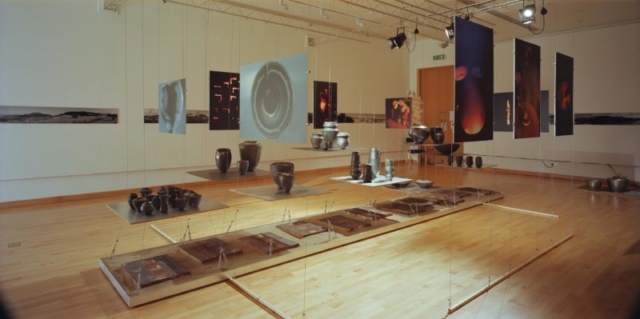
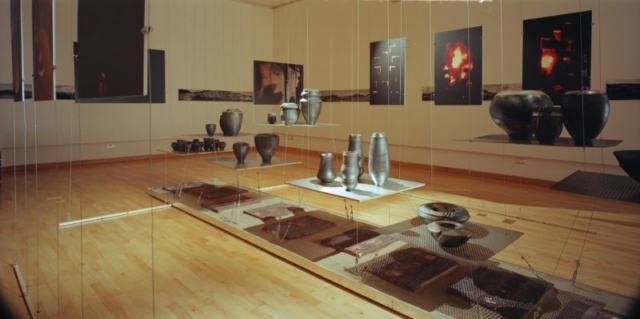
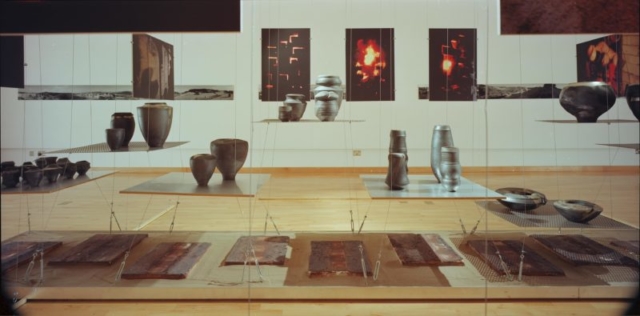
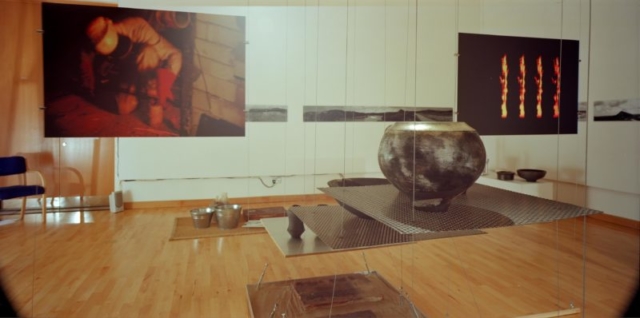
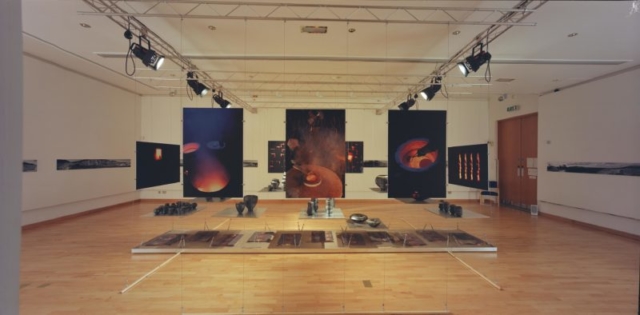
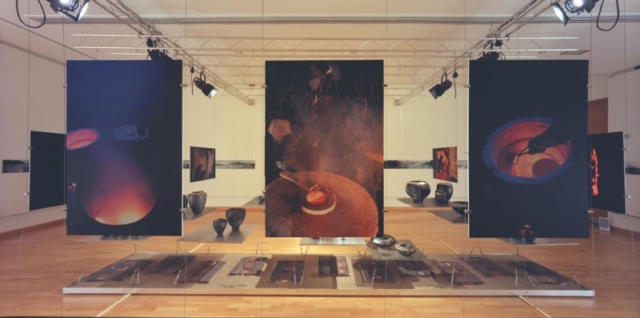
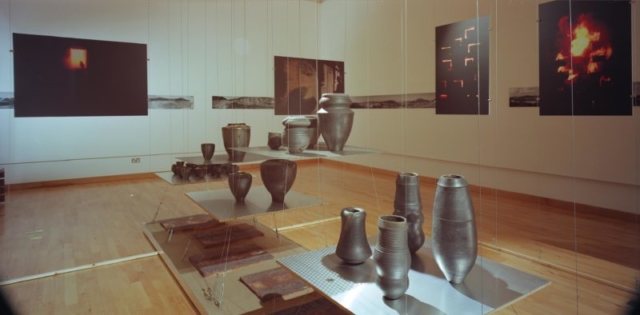
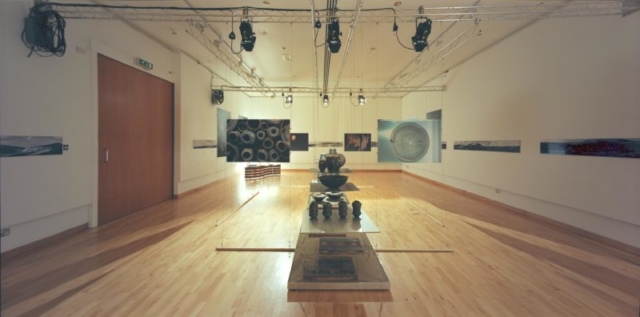
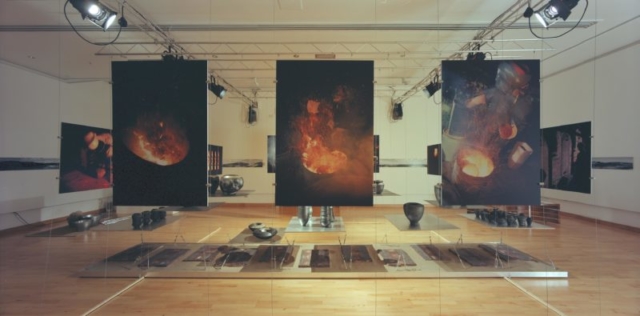
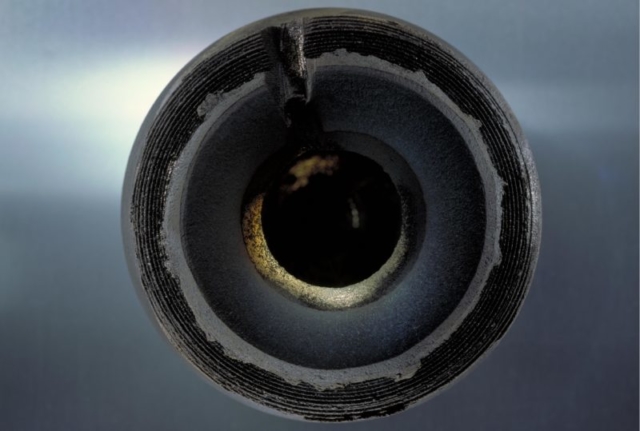
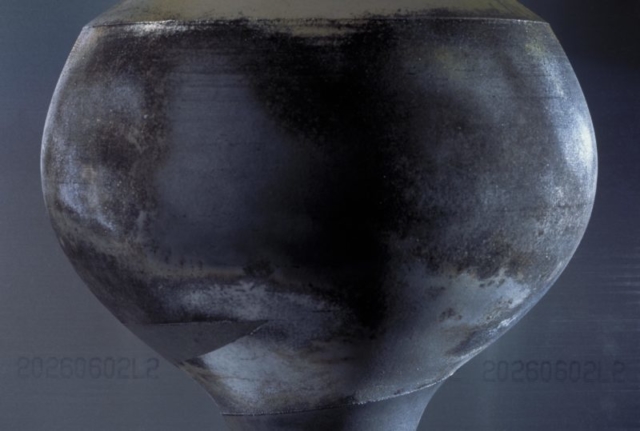
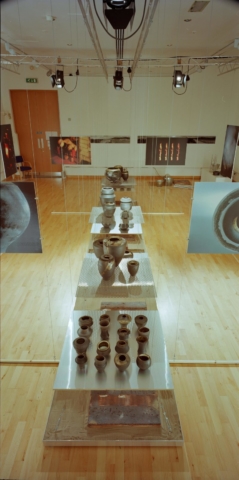
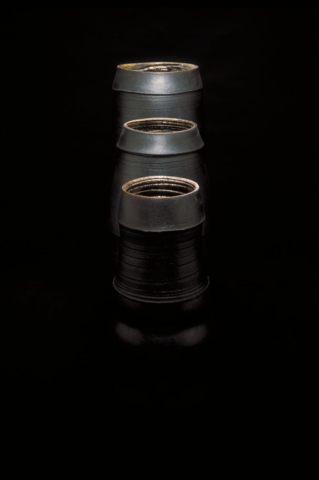
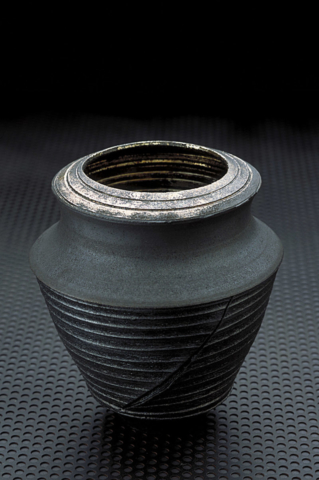
![Font. [David Jones].63x29cms. Raku Fired ceramics red for Phd](http://www.davidjonesceramics.com/wp-content/uploads/2020/07/Font.-David-Jones.63x29cms.-Raku-Fired-ceramics-red-for-Phd-640x480.jpg)
![scylla and charibdis 28x34cms. Raku-fired ceramics [david jones]](http://www.davidjonesceramics.com/wp-content/uploads/2020/07/scylla-and-charibdis-28x34cms.-Raku-fired-ceramics-david-jones-640x480.jpg)
![Winter Lake. 28×16 cms. Raku fired ceramics [David Jones]](http://www.davidjonesceramics.com/wp-content/uploads/2020/07/Winter-Lake.-28x16-cms.-Raku-fired-ceramics-David-Jones-800x523-640x480.jpg)
![white void. 23x16cms. Porcelain [david jones]](http://www.davidjonesceramics.com/wp-content/uploads/2020/07/white-void.-23x16cms.-Porcelain-david-jones-640x480.jpg)
![dark pool. 44×19 cms. Raku firedceramics. [david jones]](http://www.davidjonesceramics.com/wp-content/uploads/2020/07/dark-pool.-44x19-cms.-Raku-firedceramics.-david-jones-800x553-640x480.jpg)
